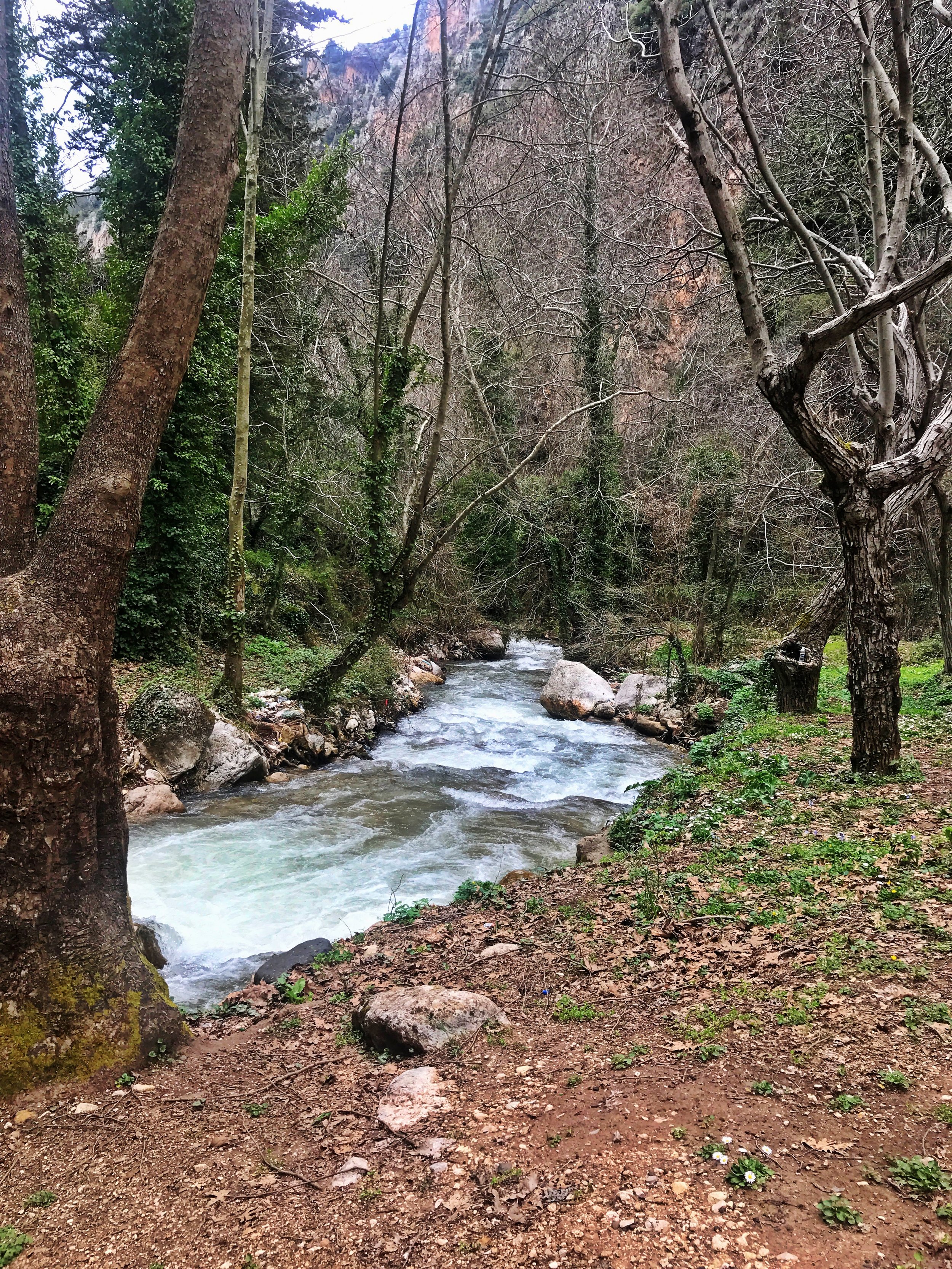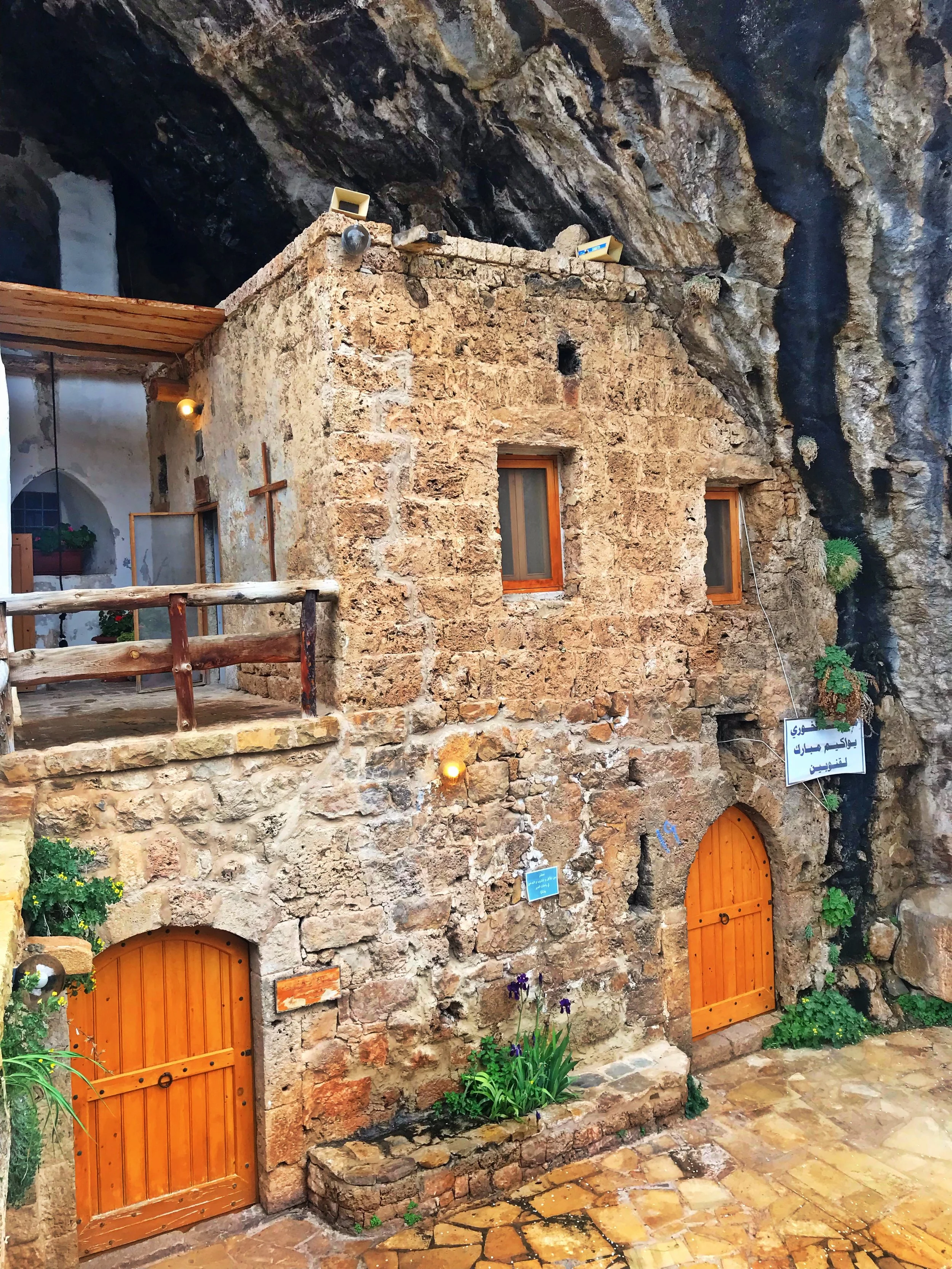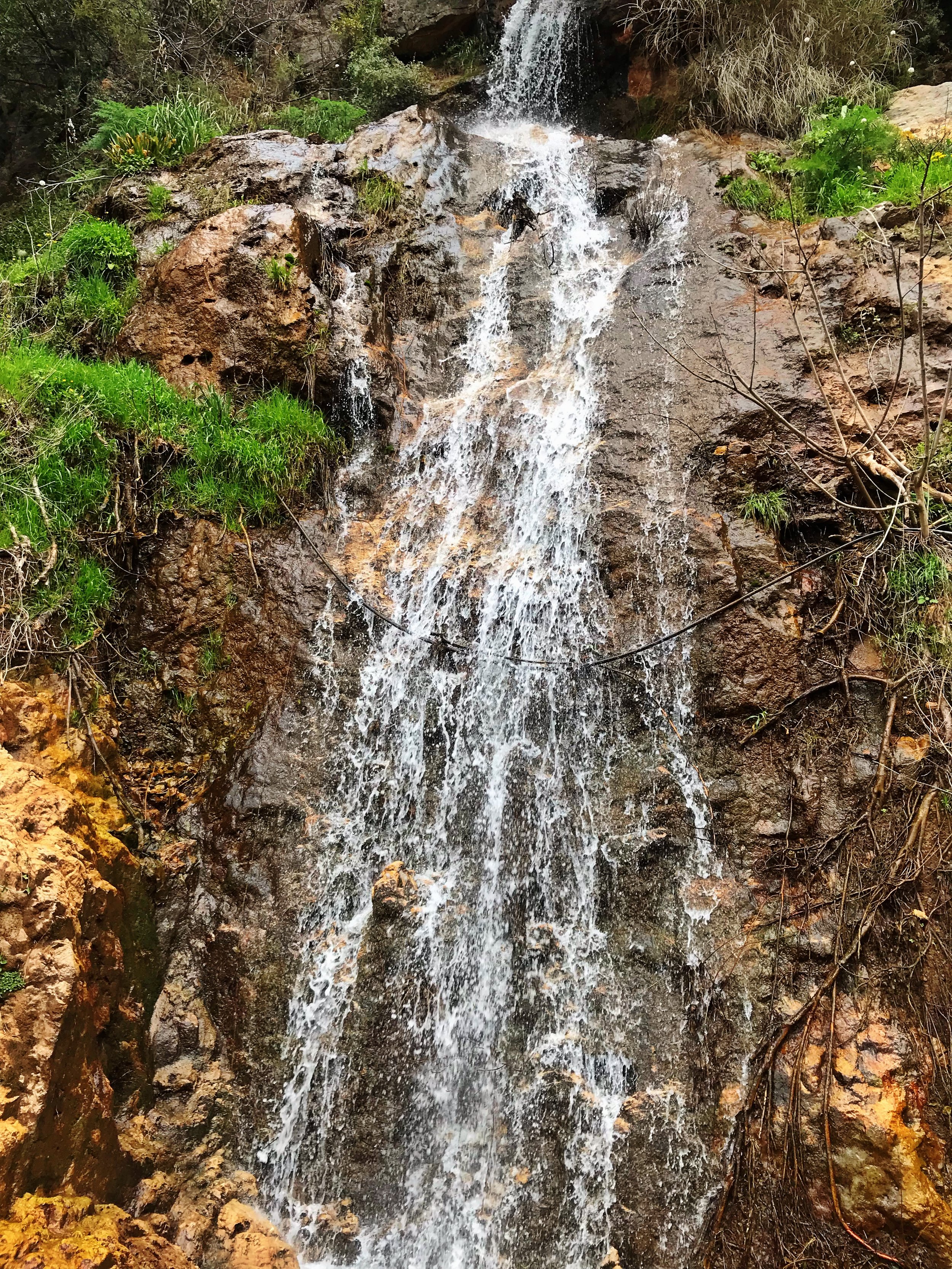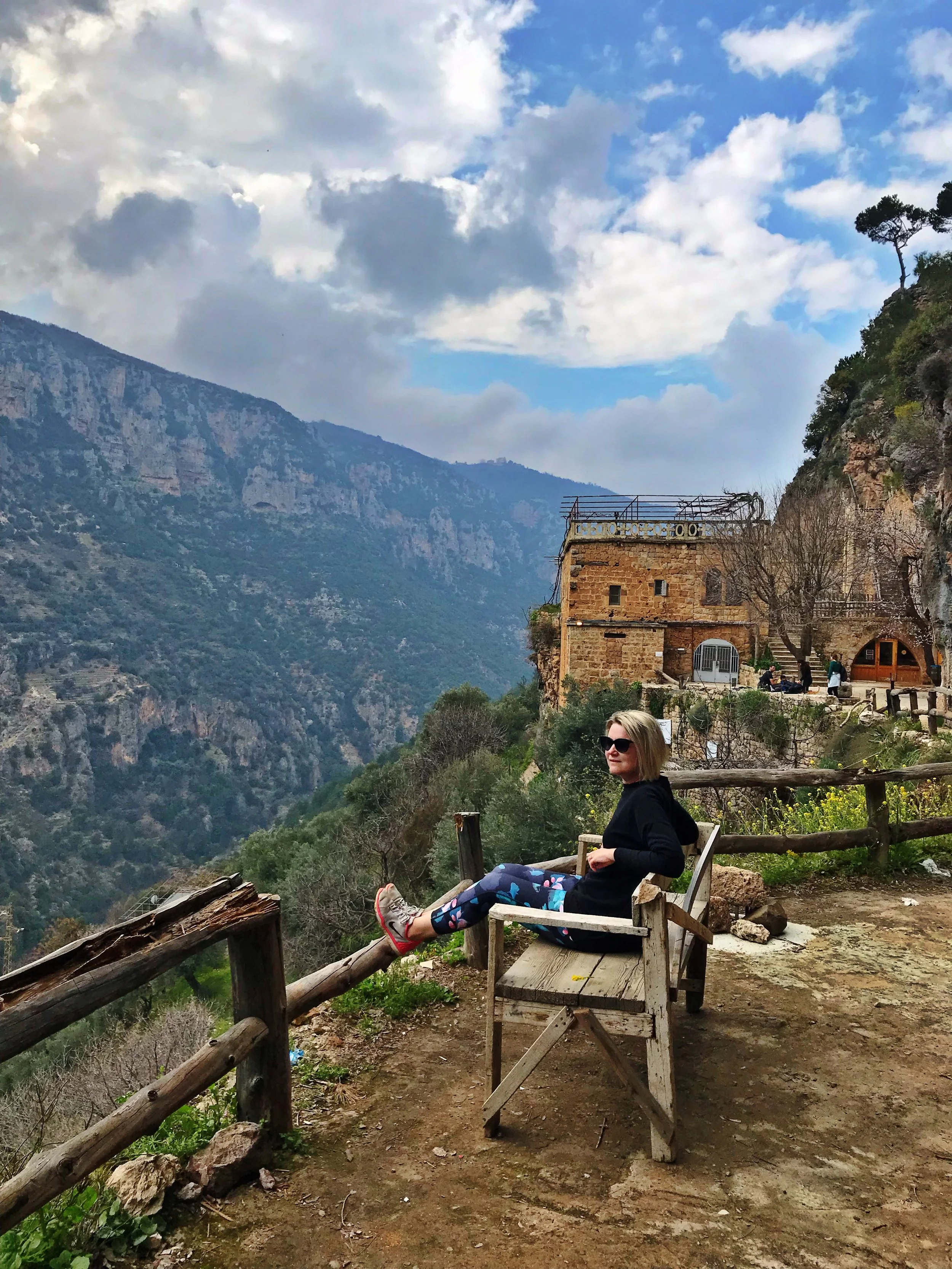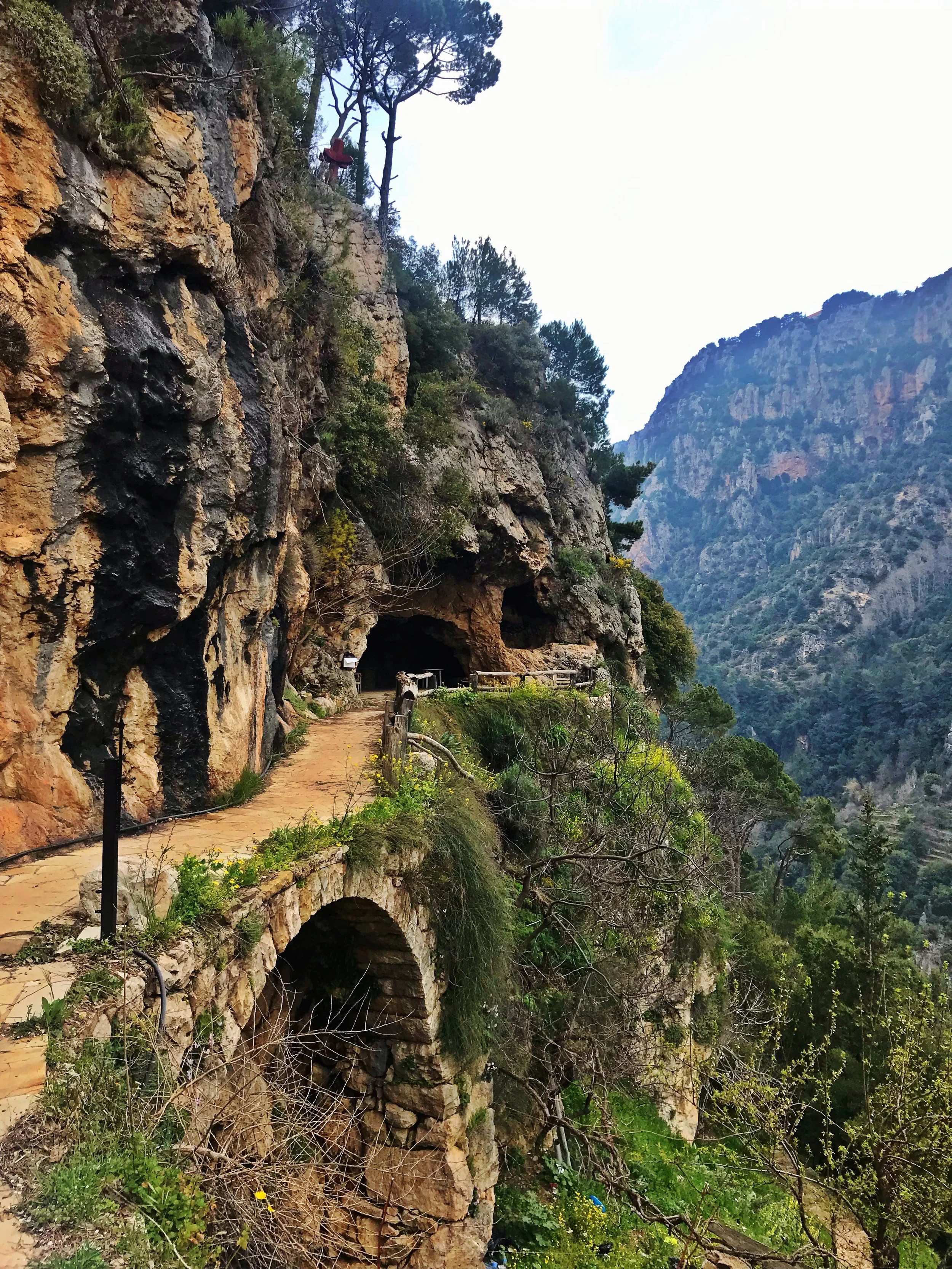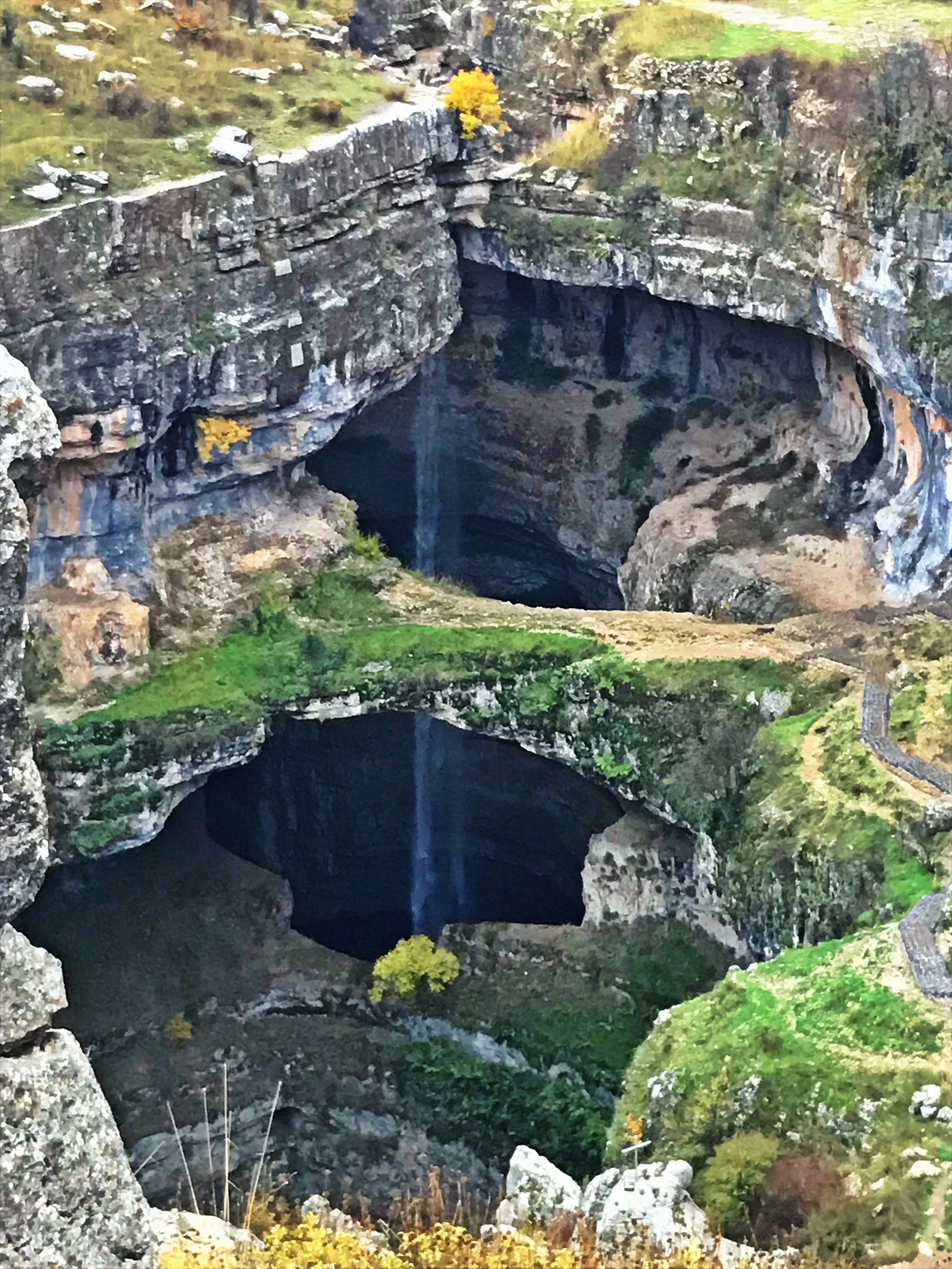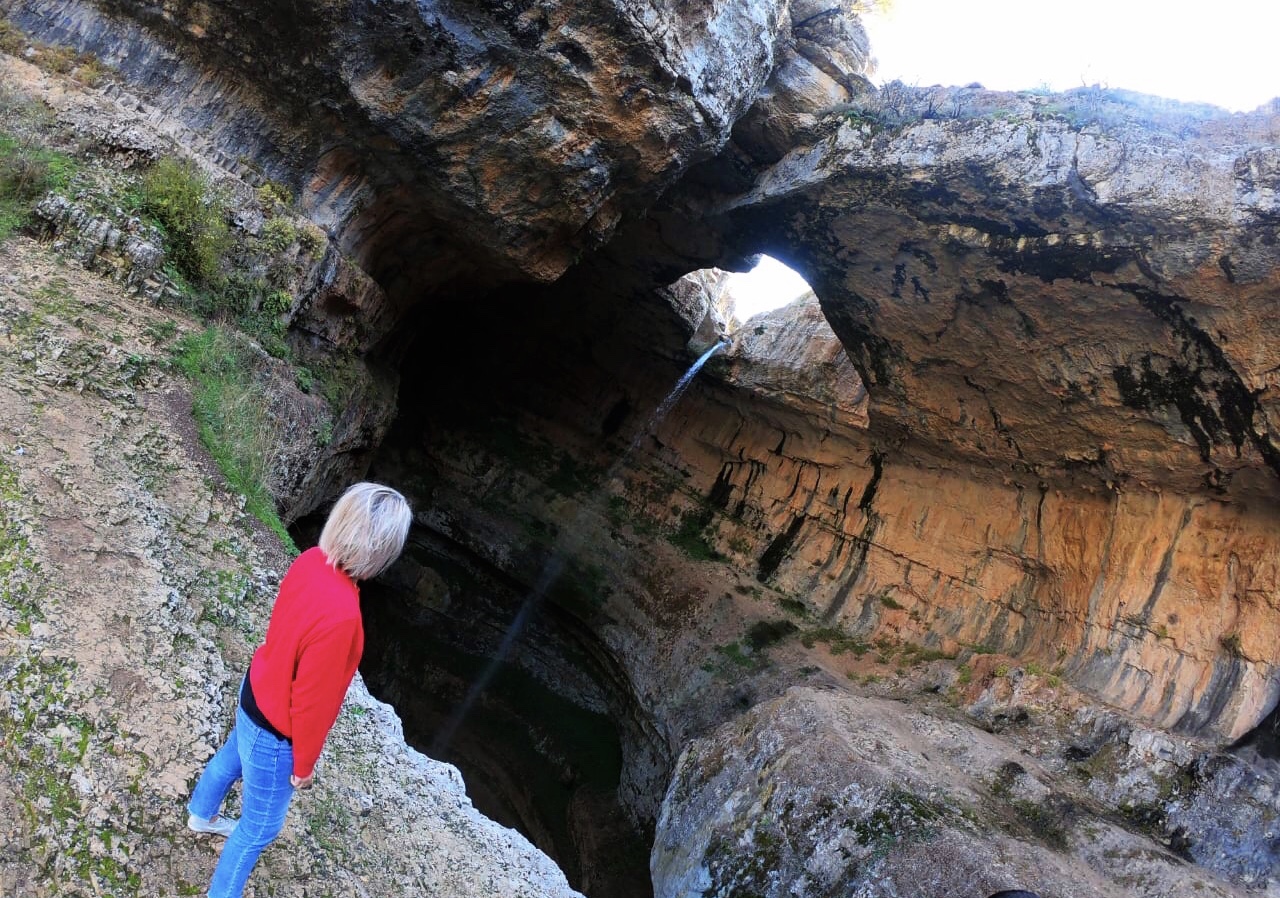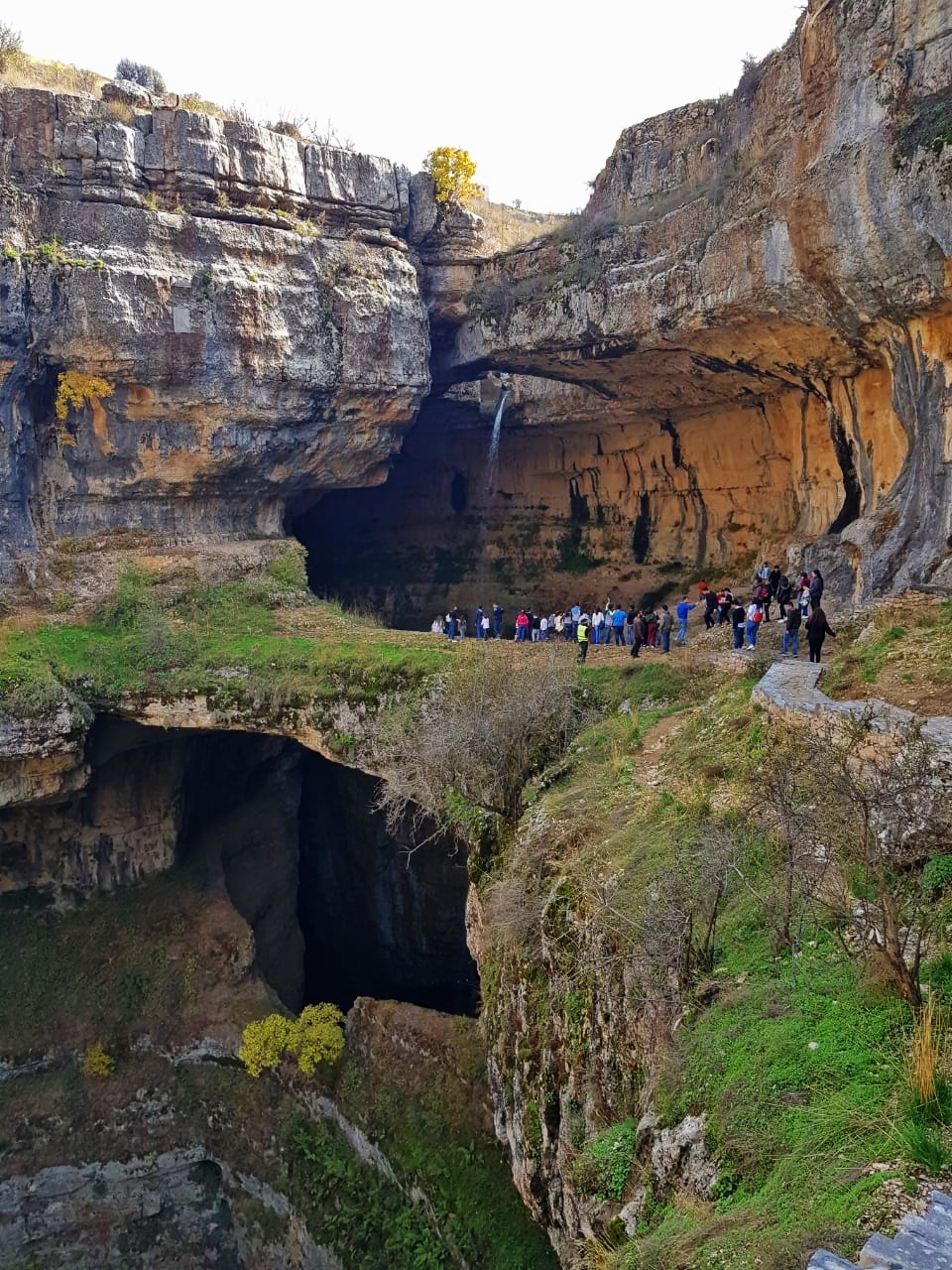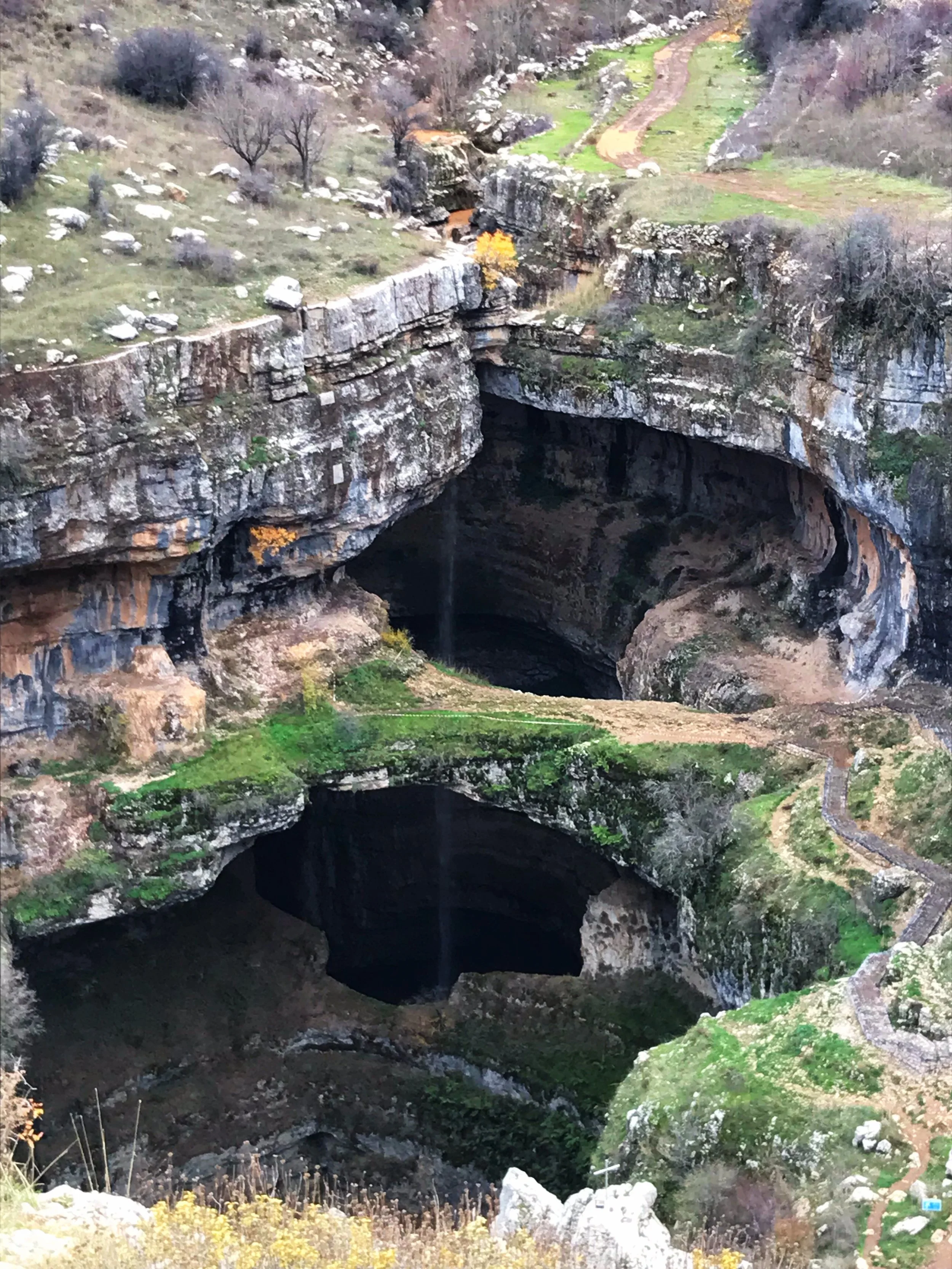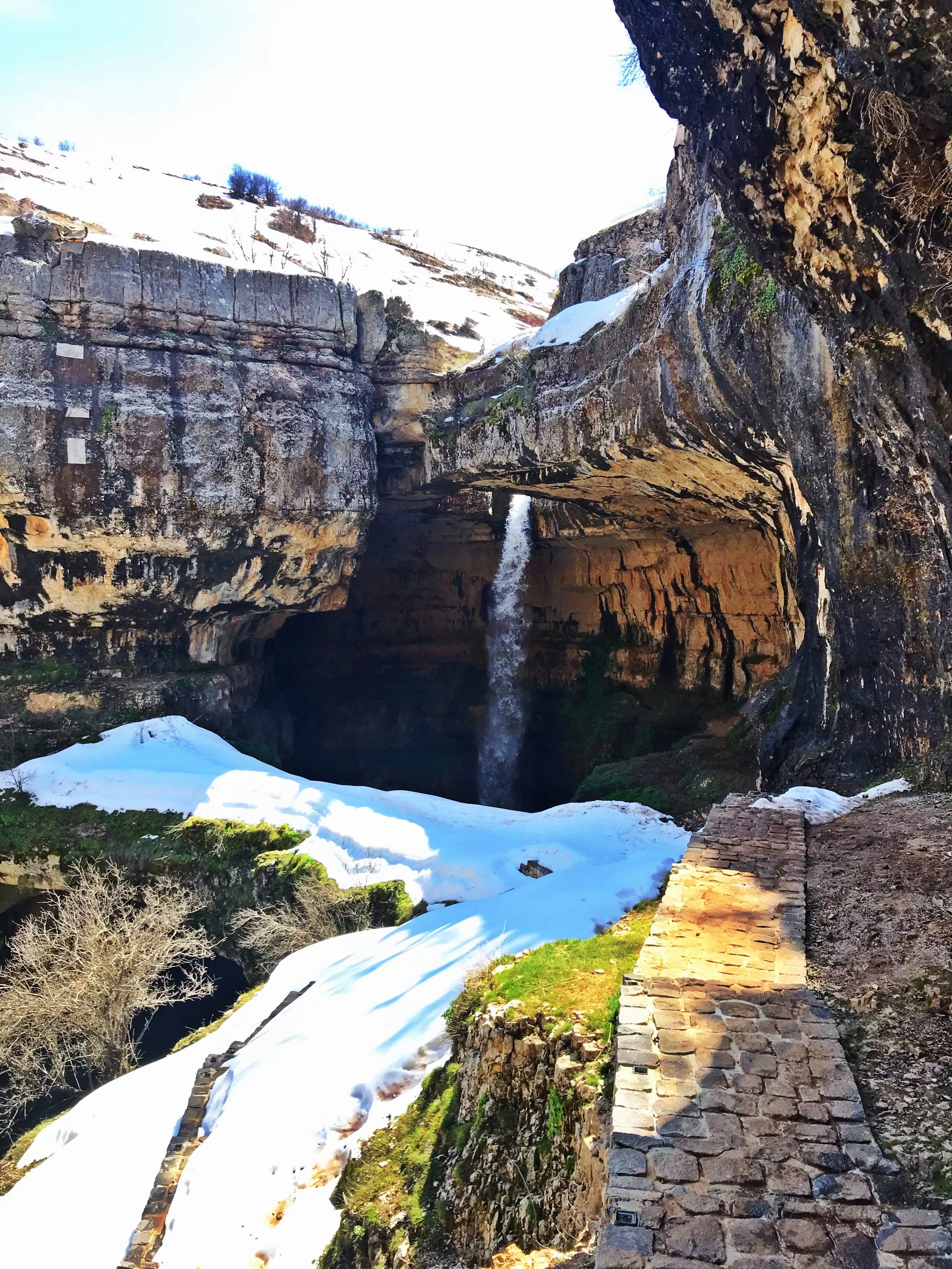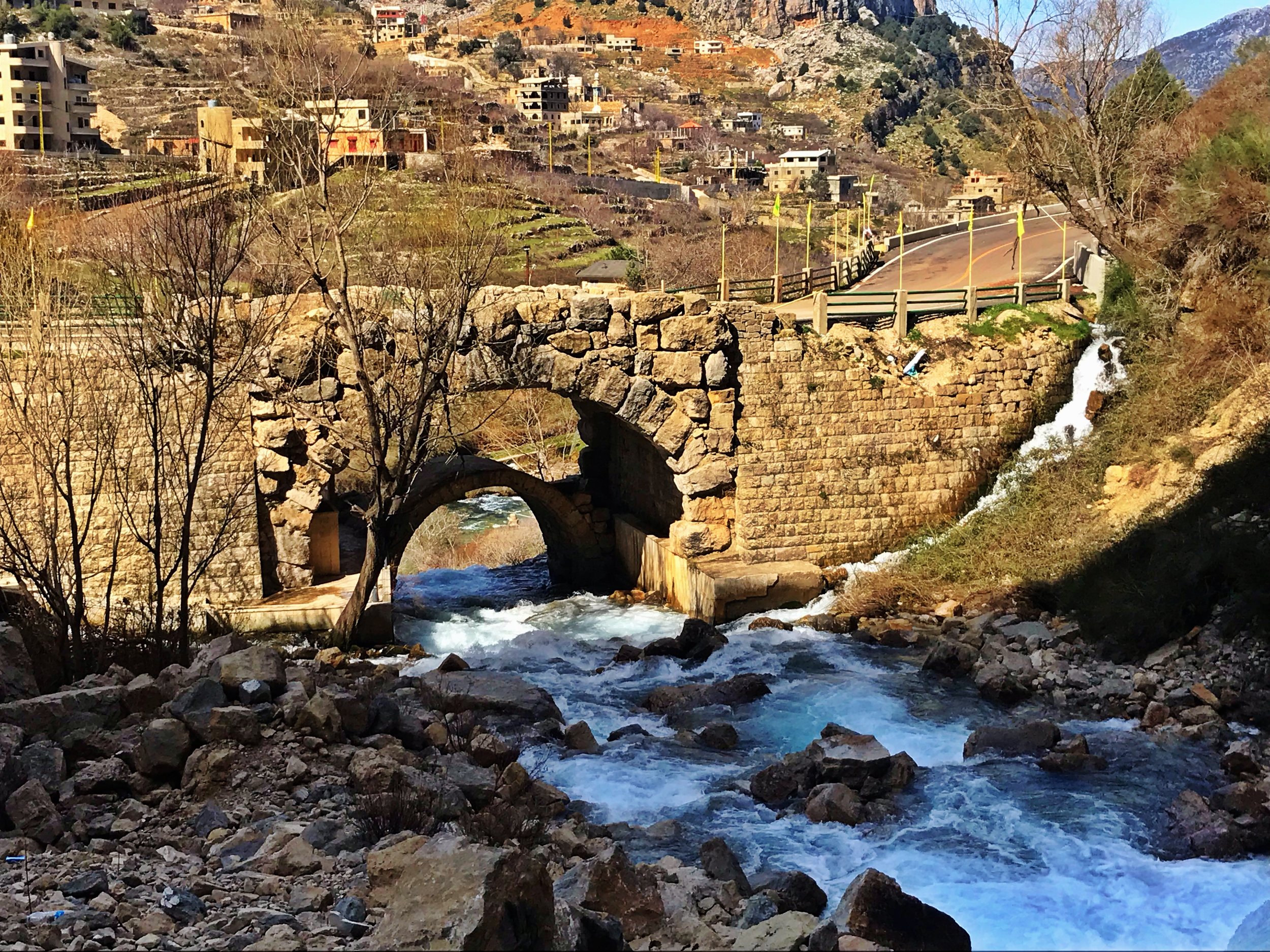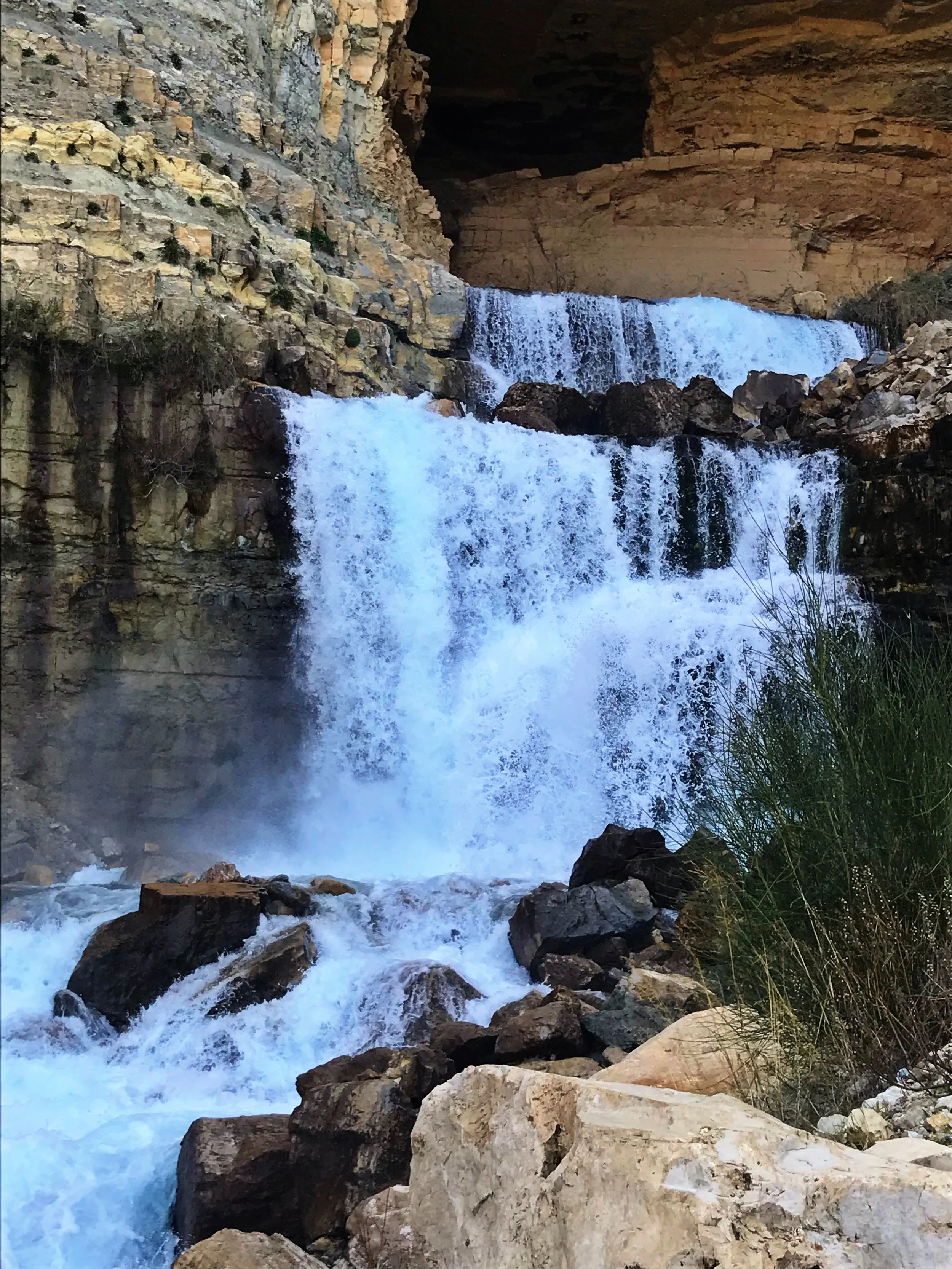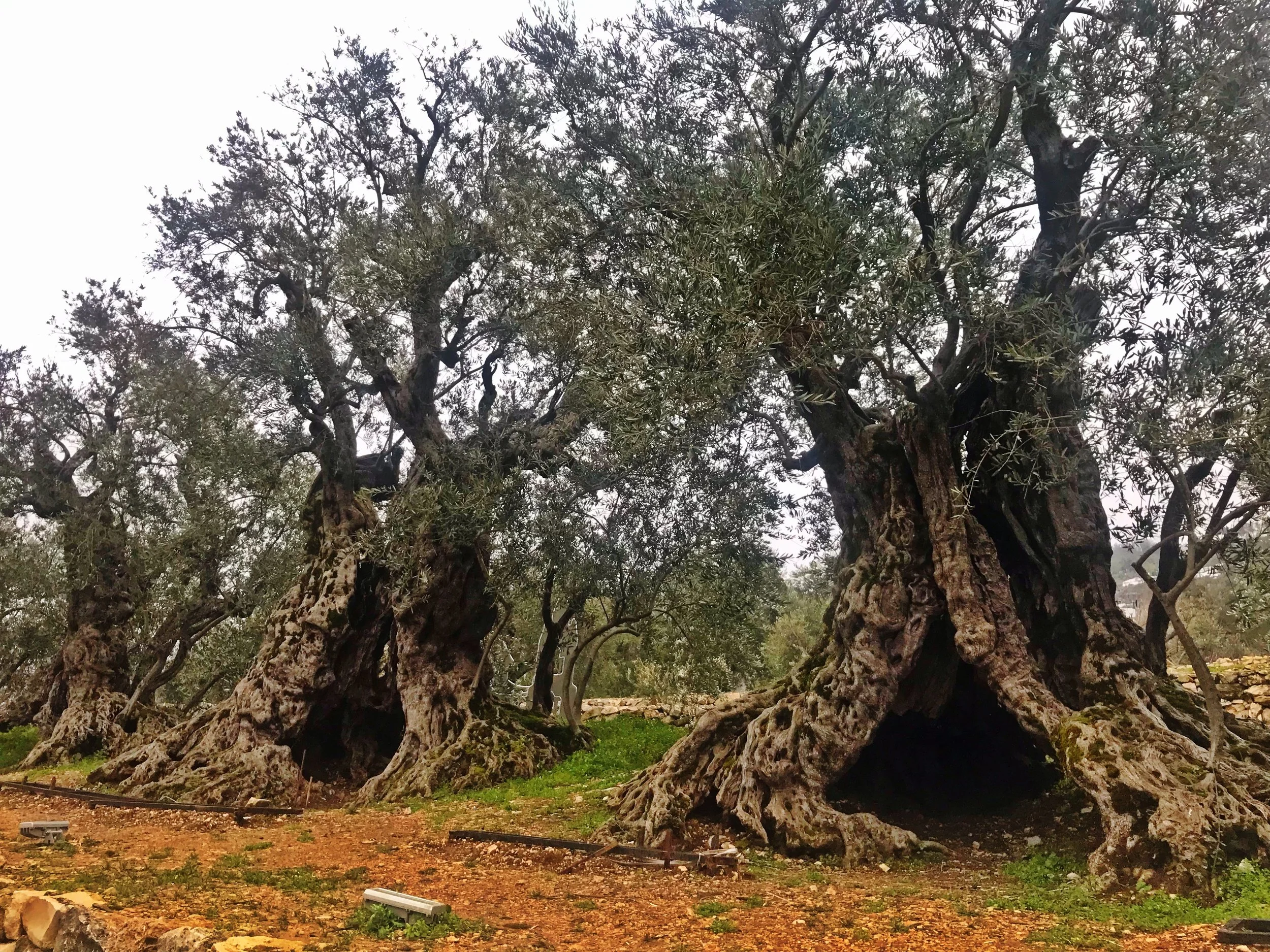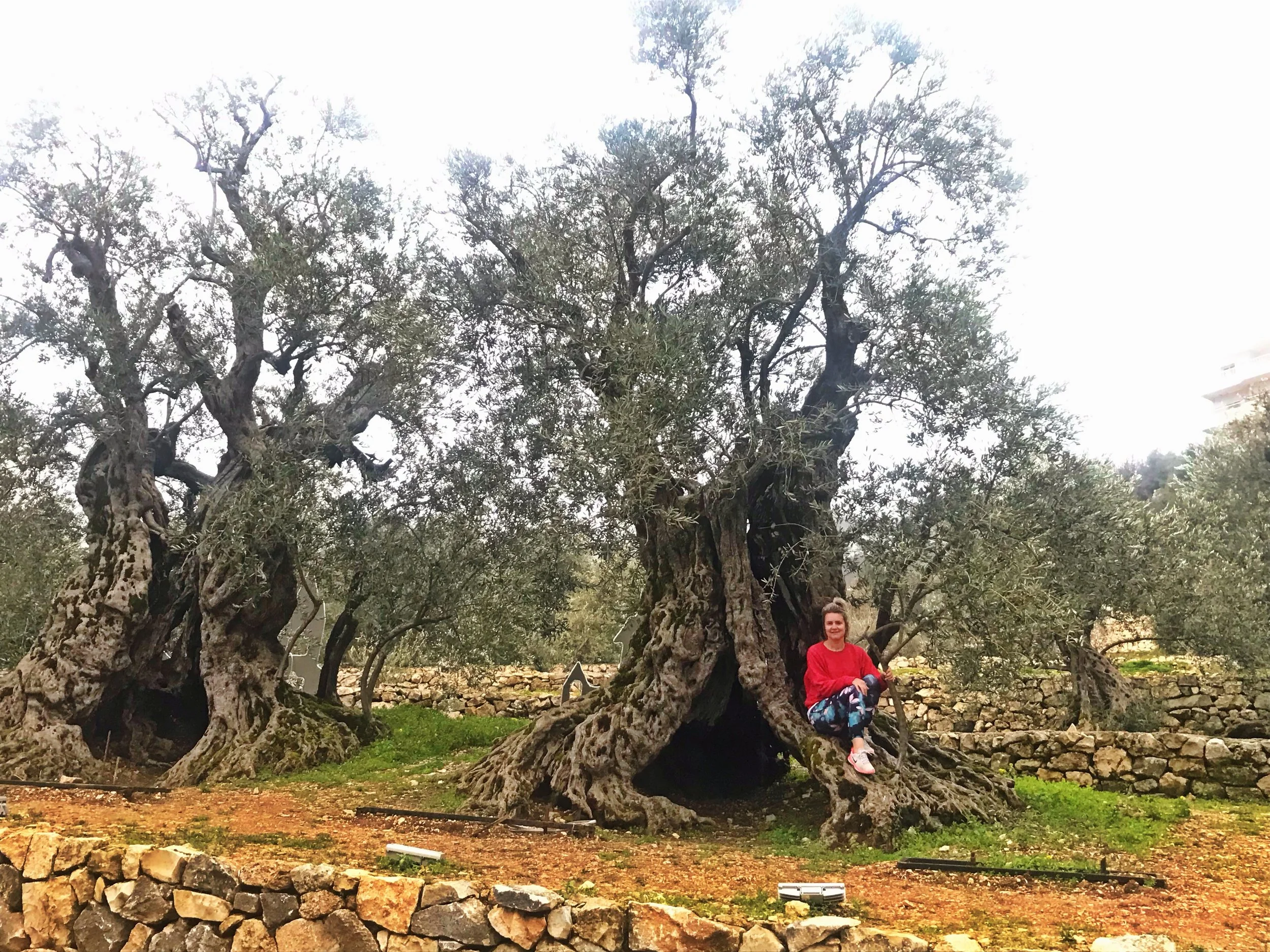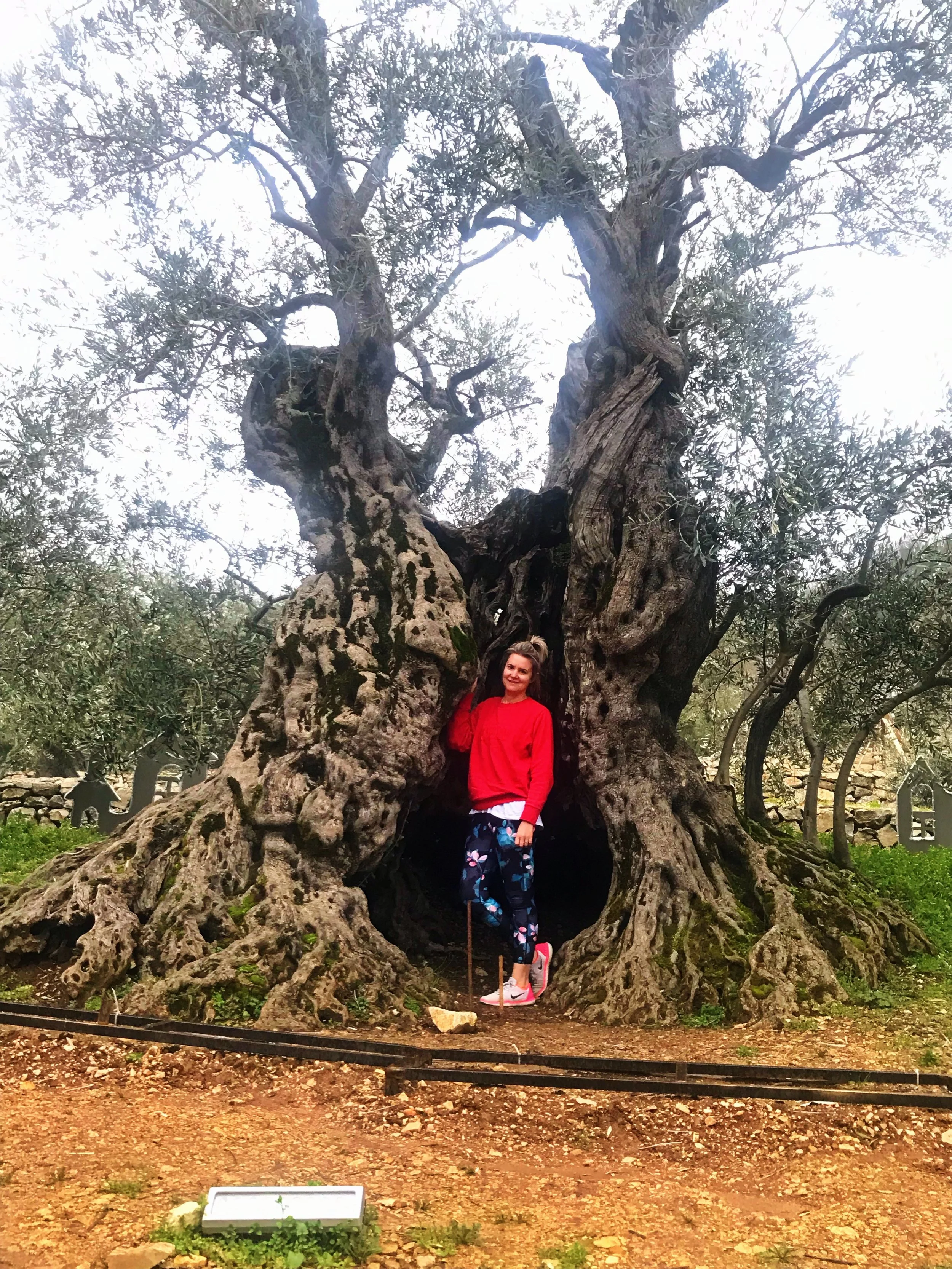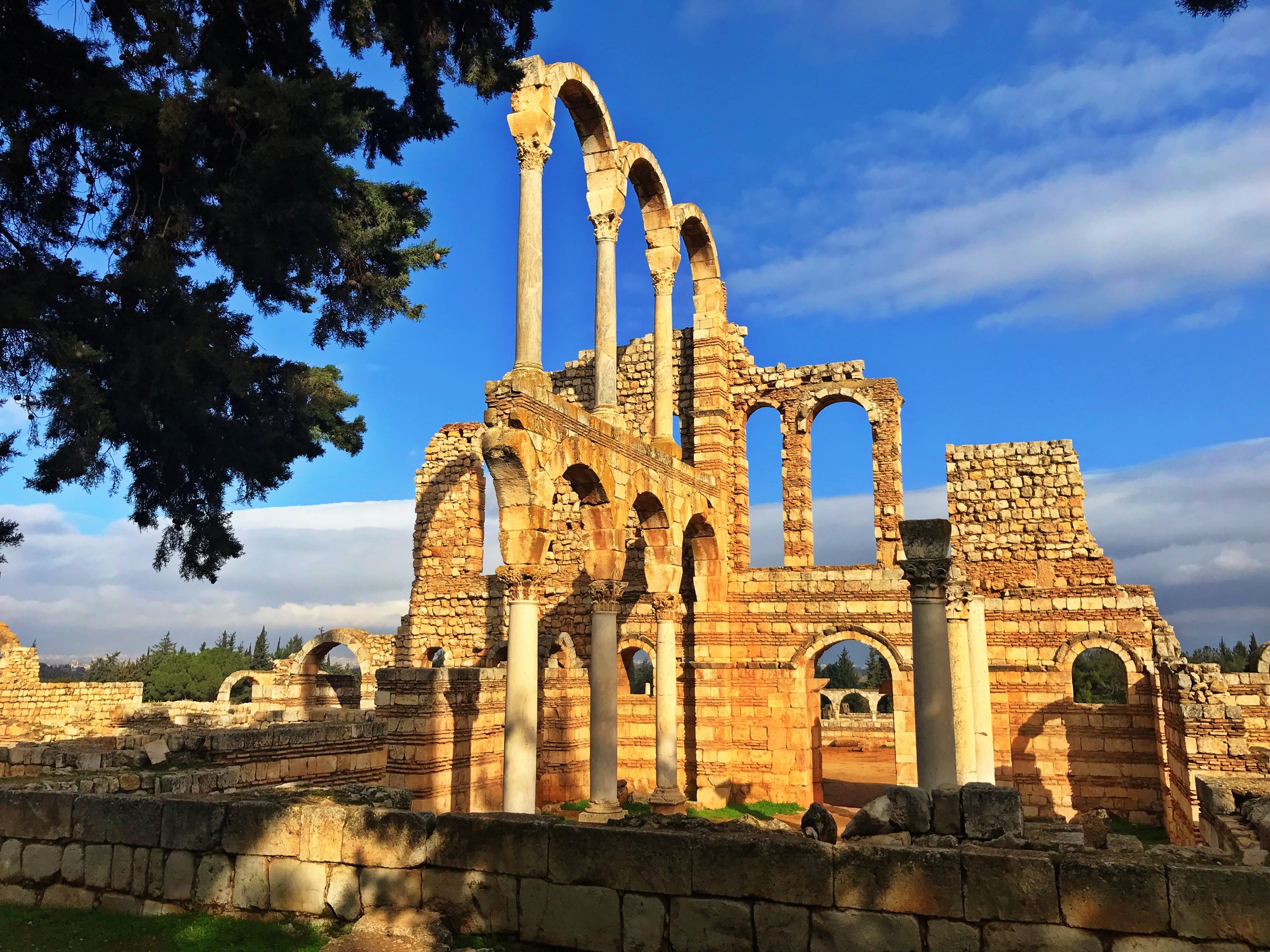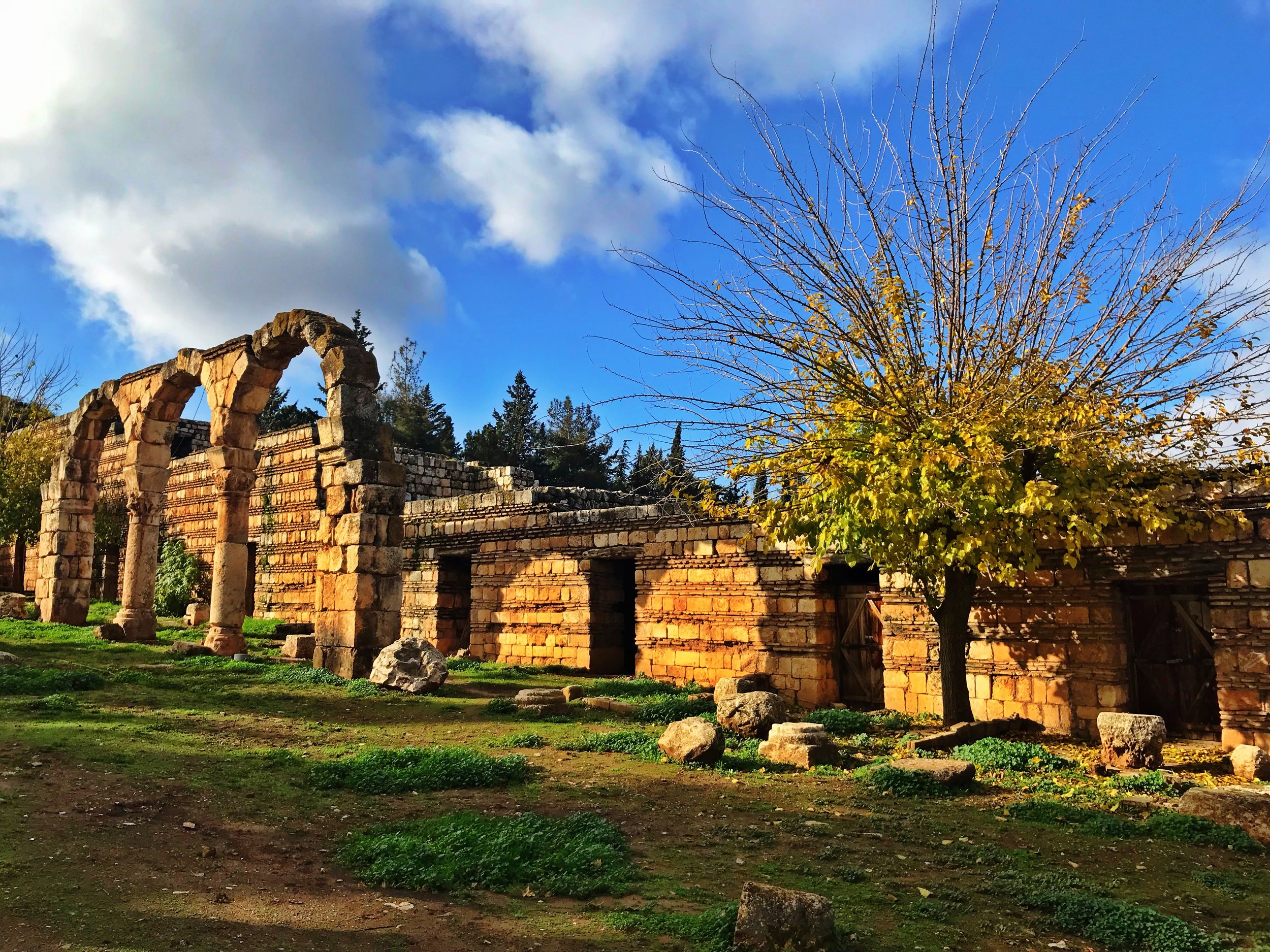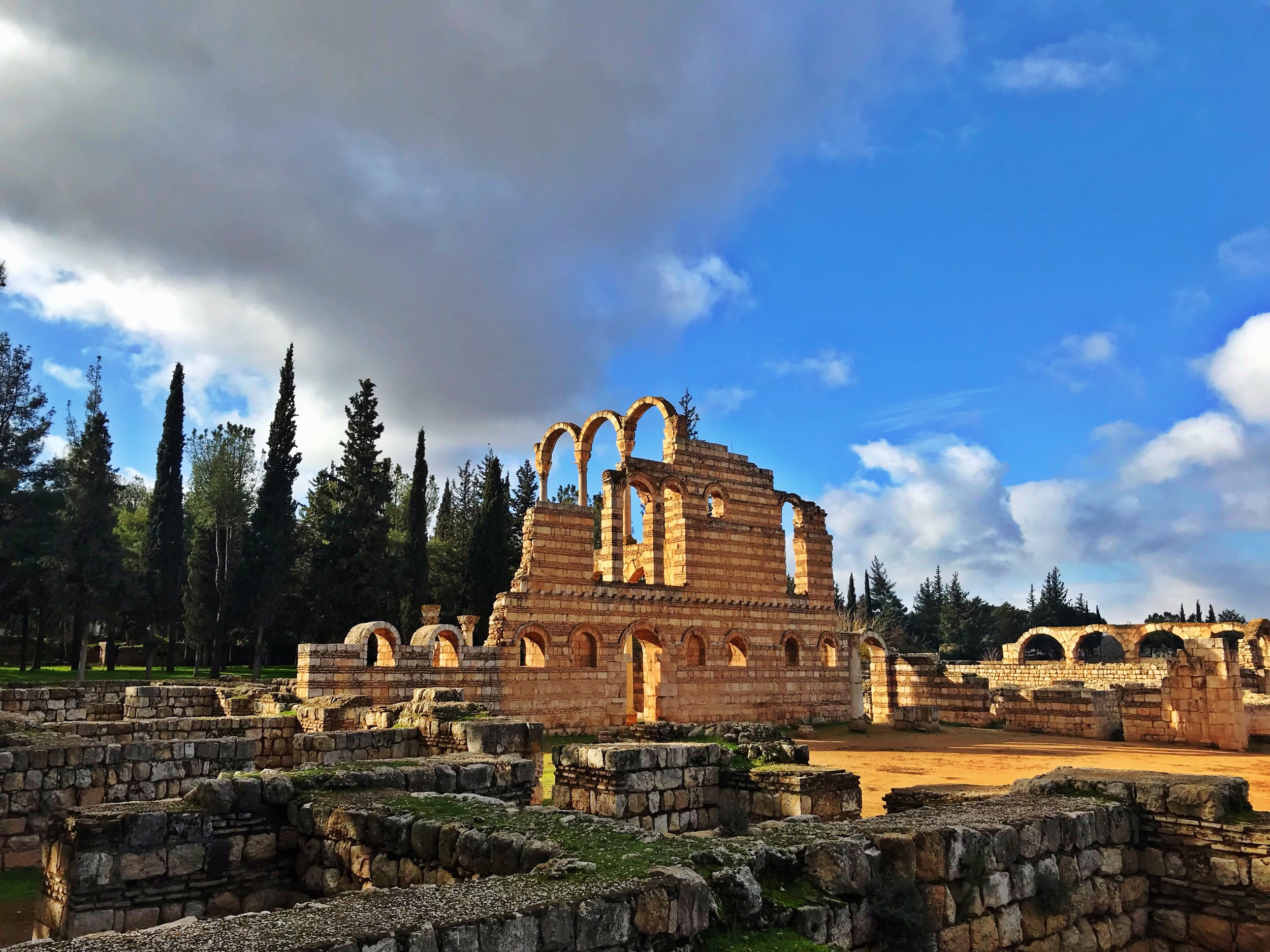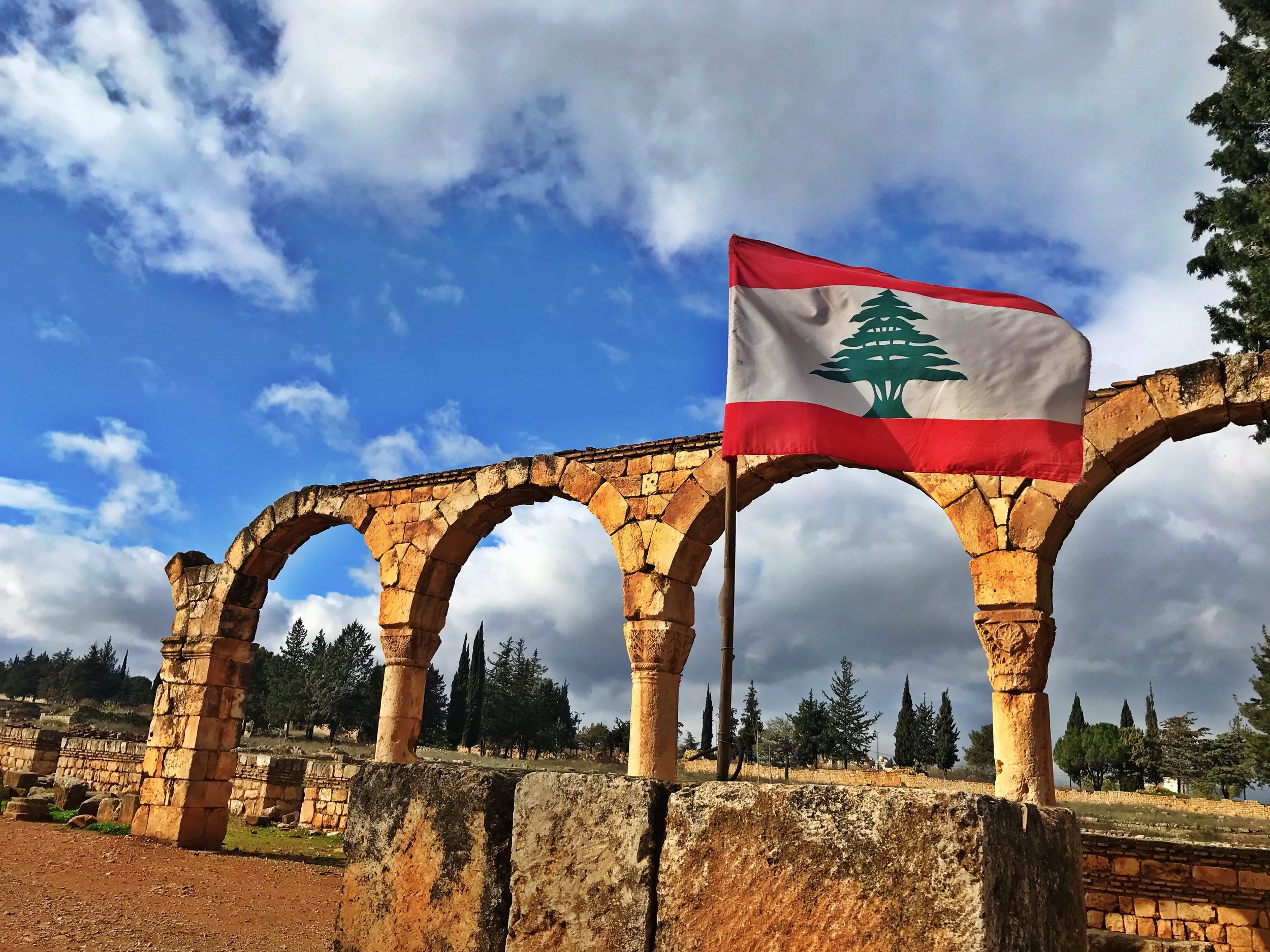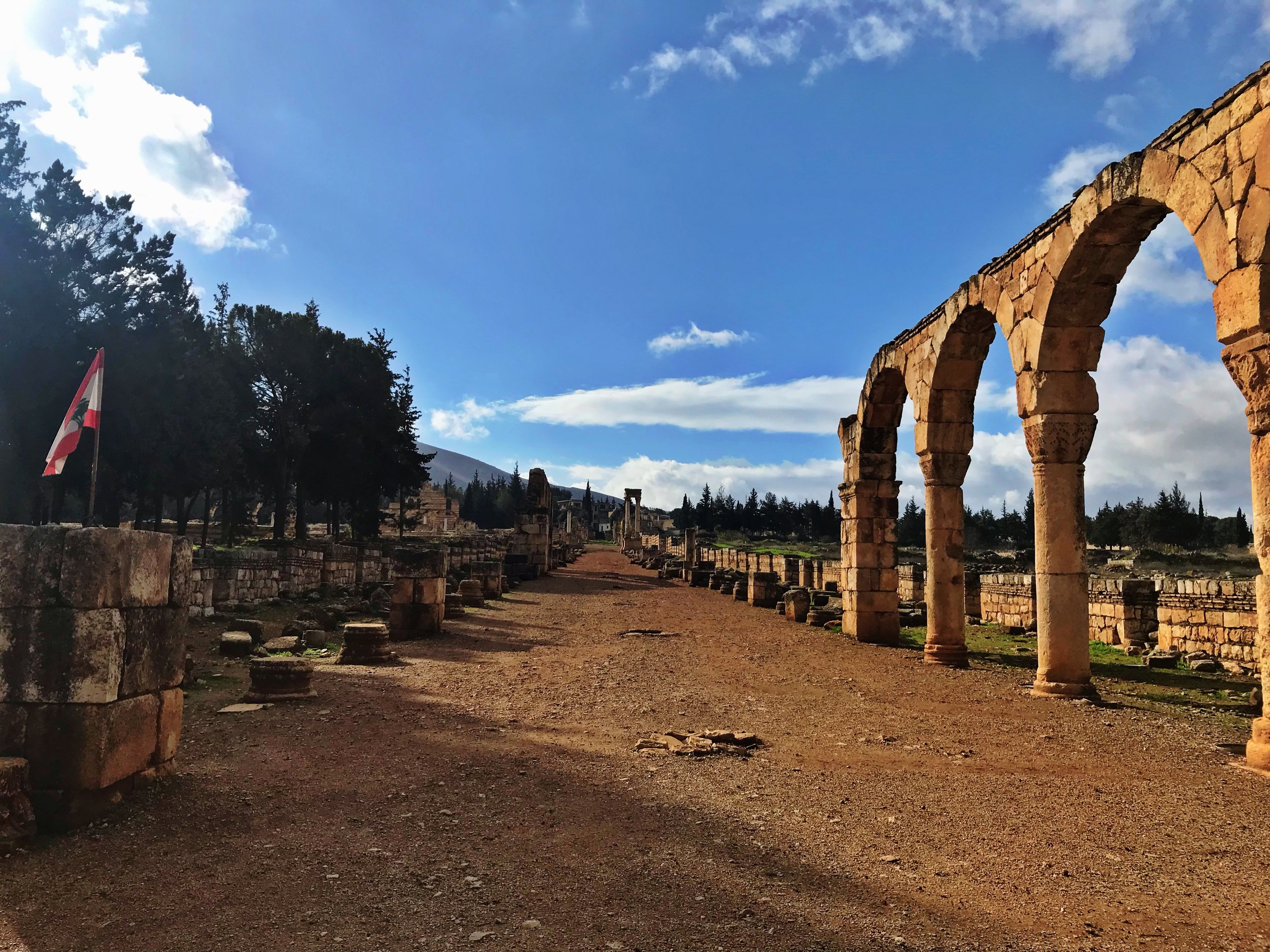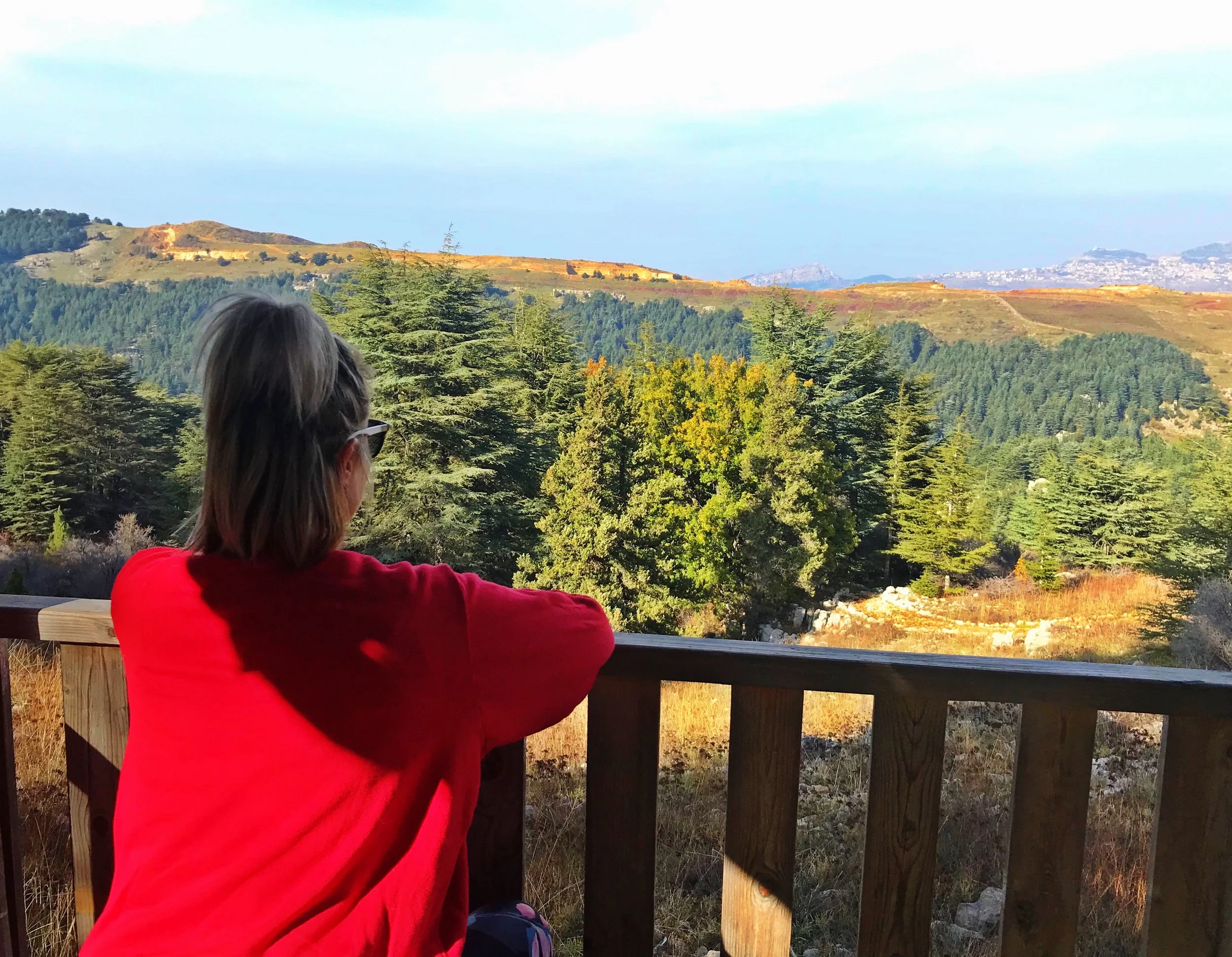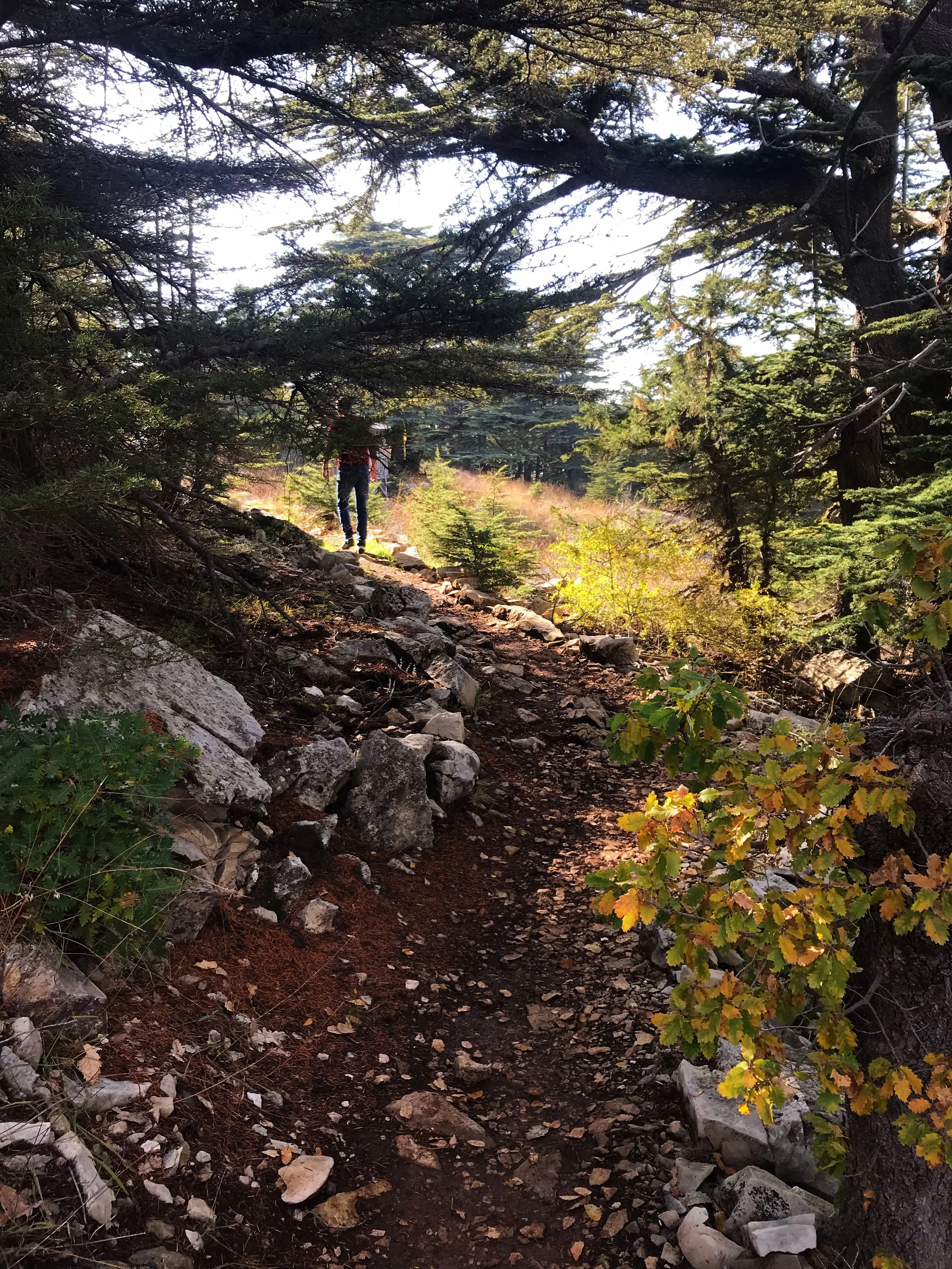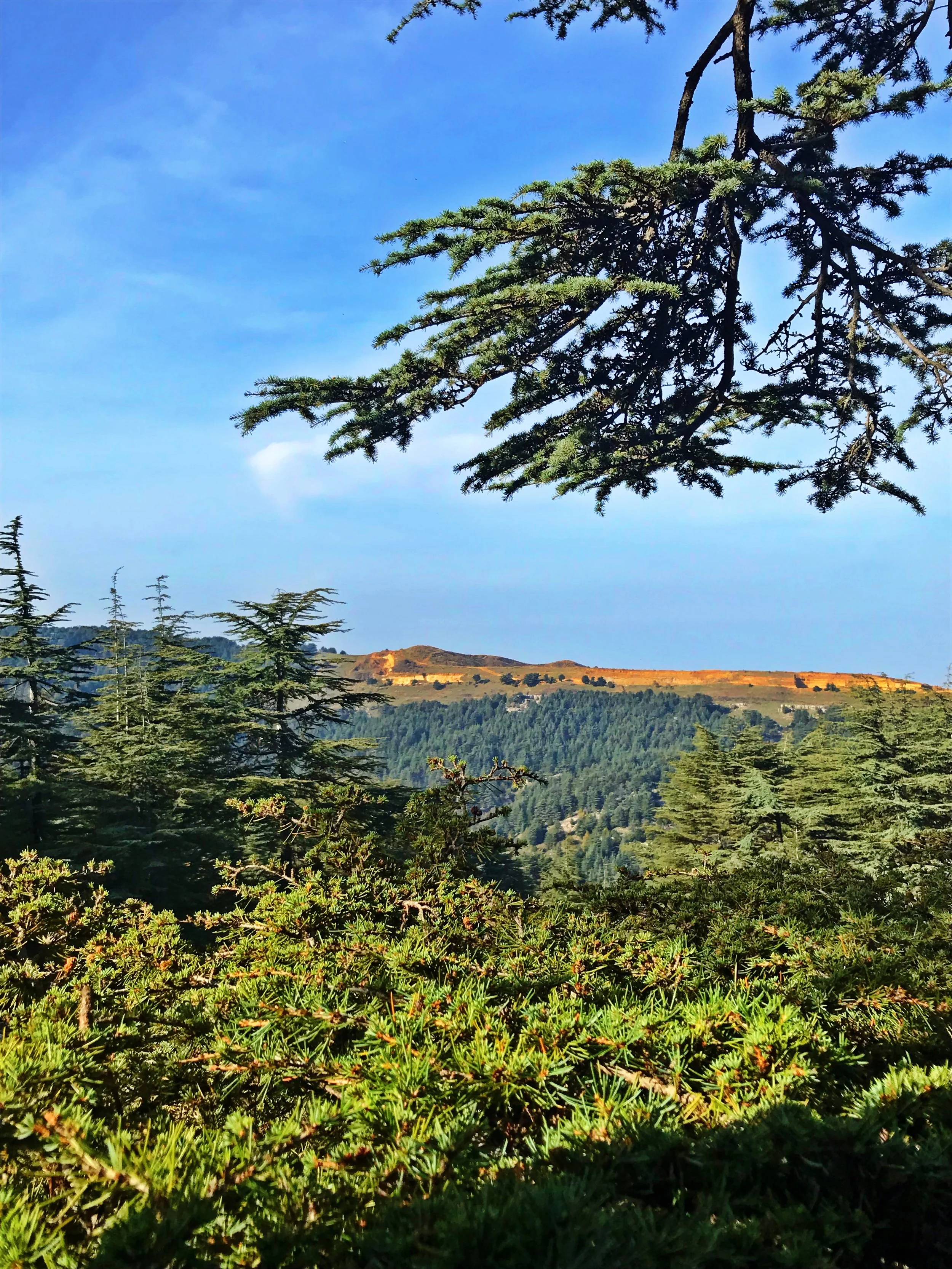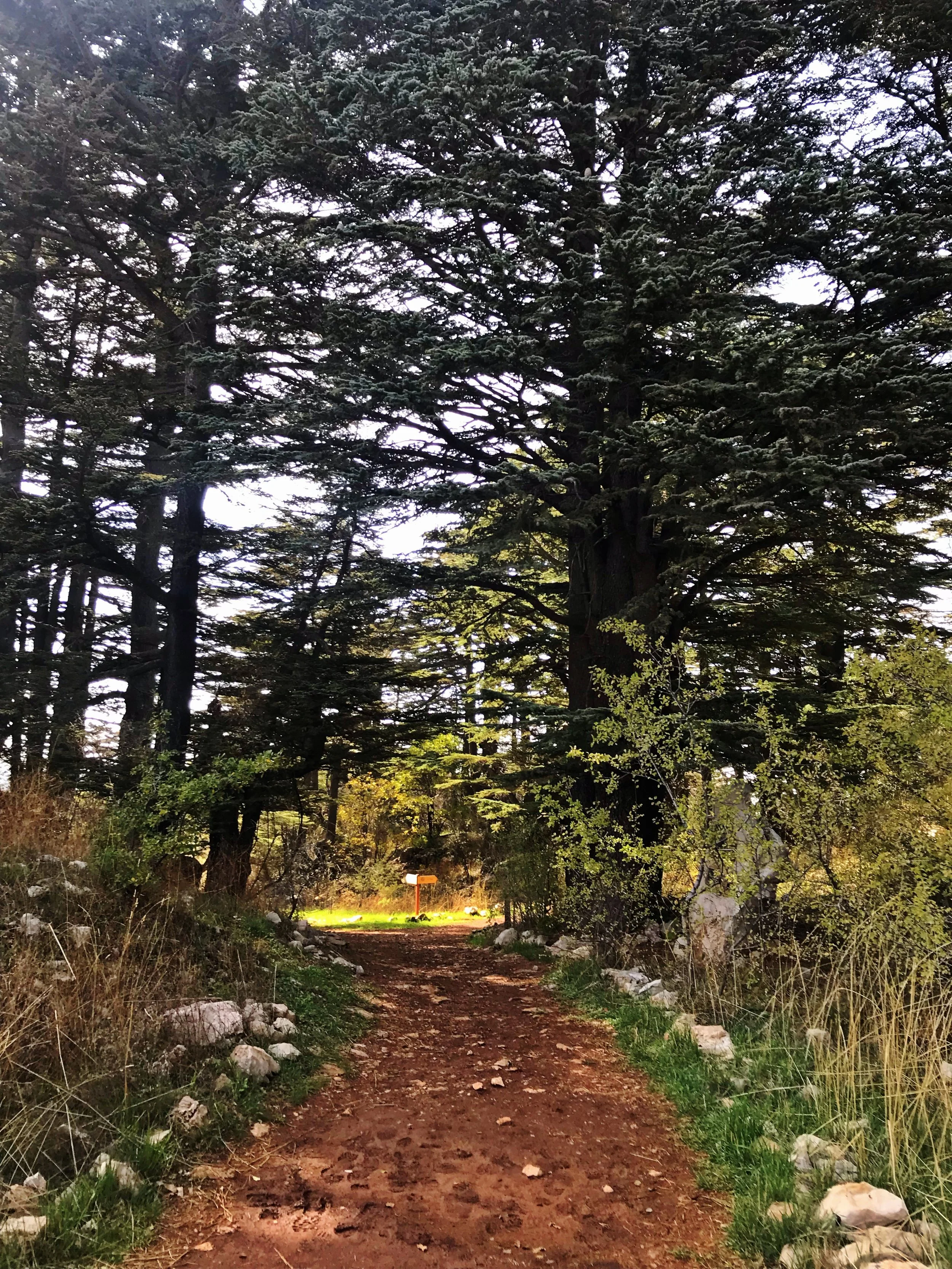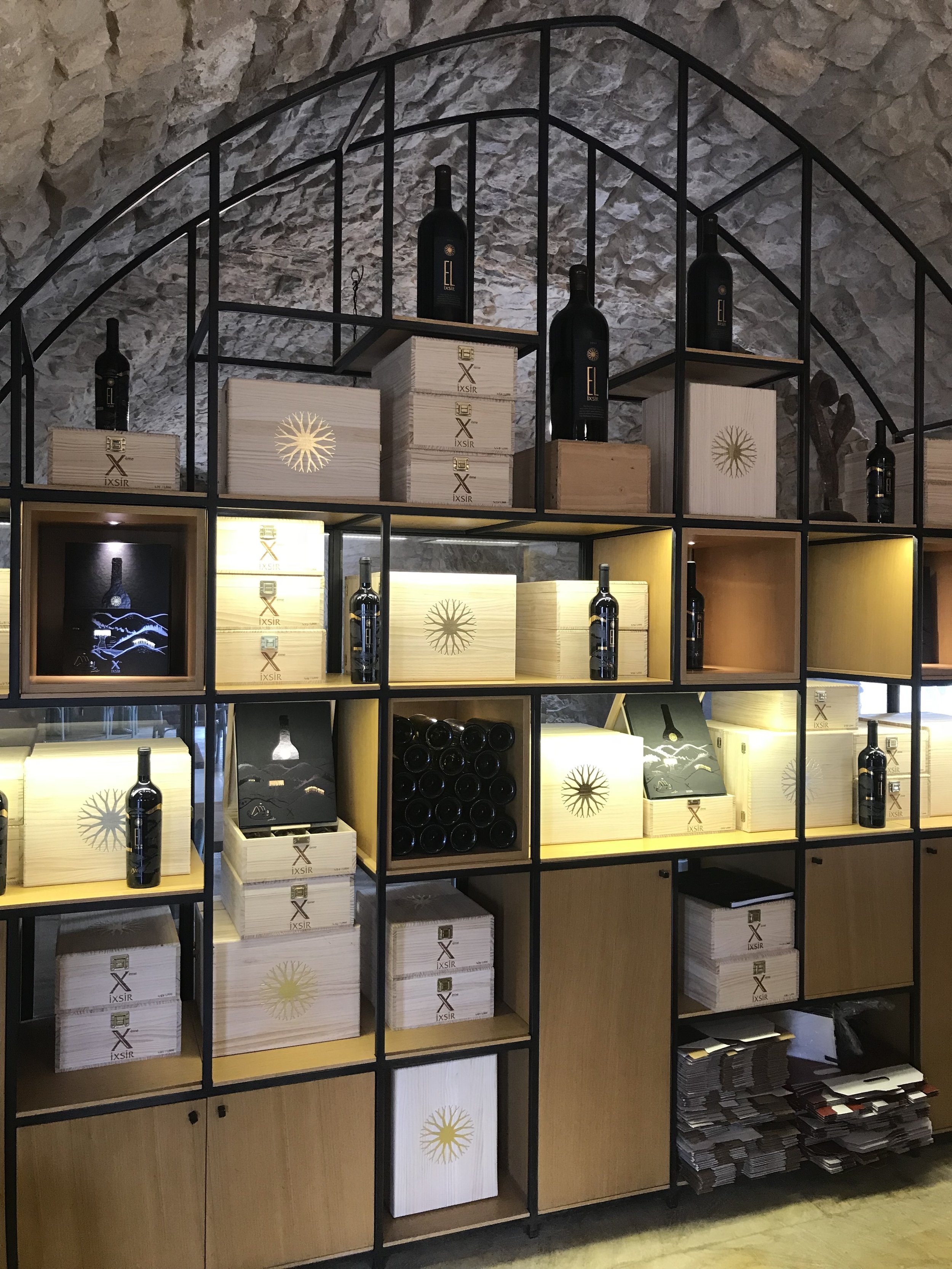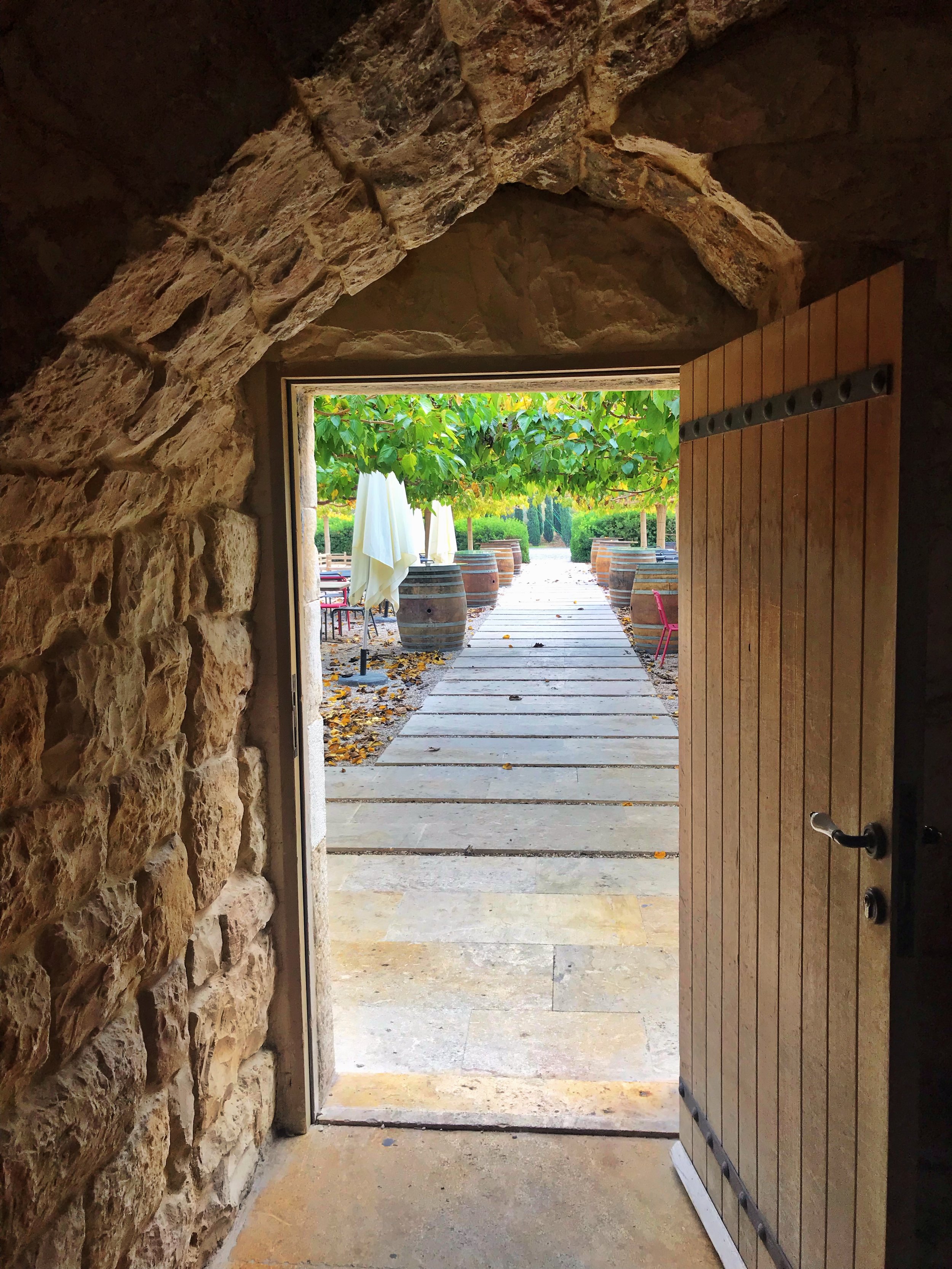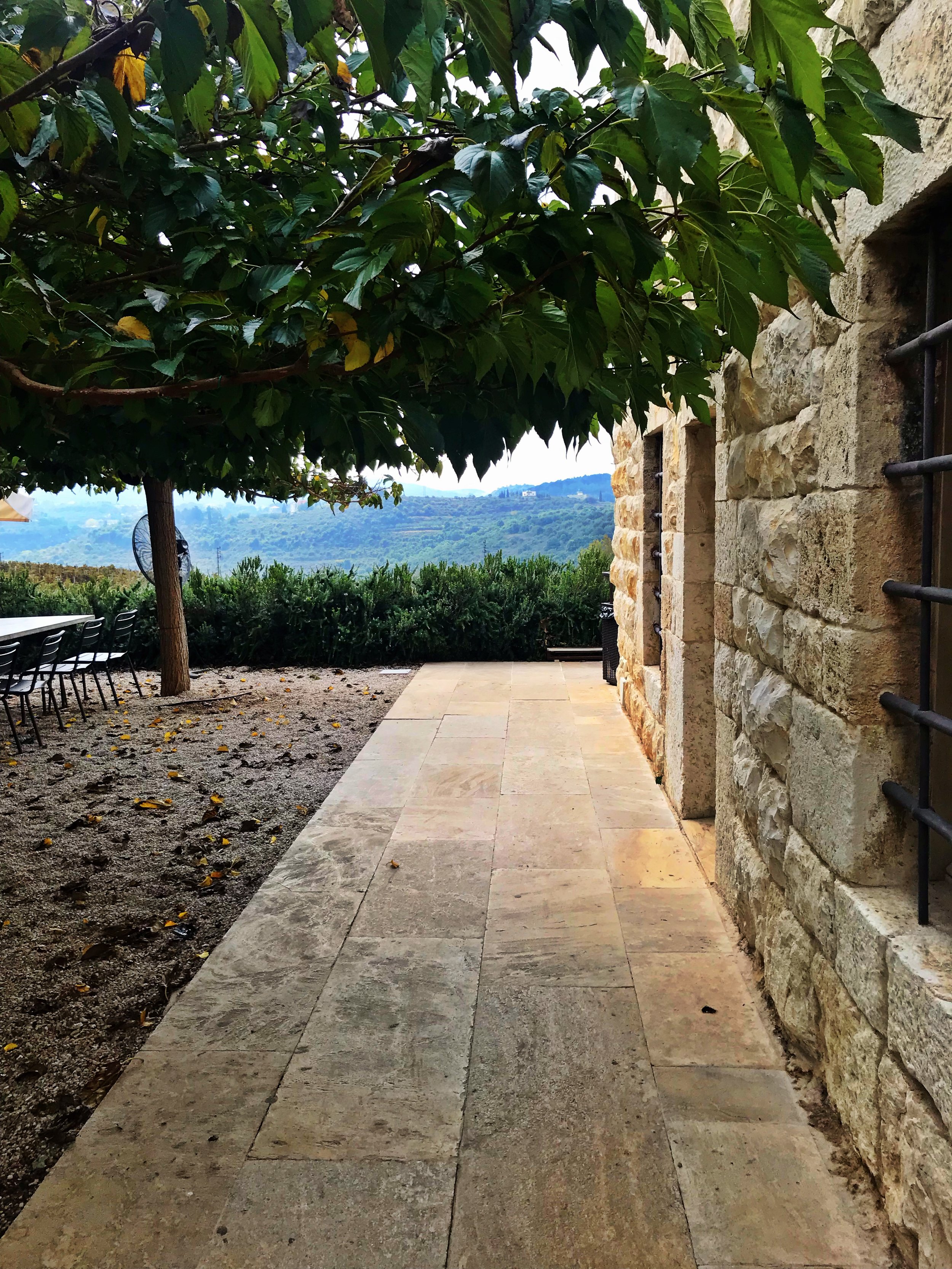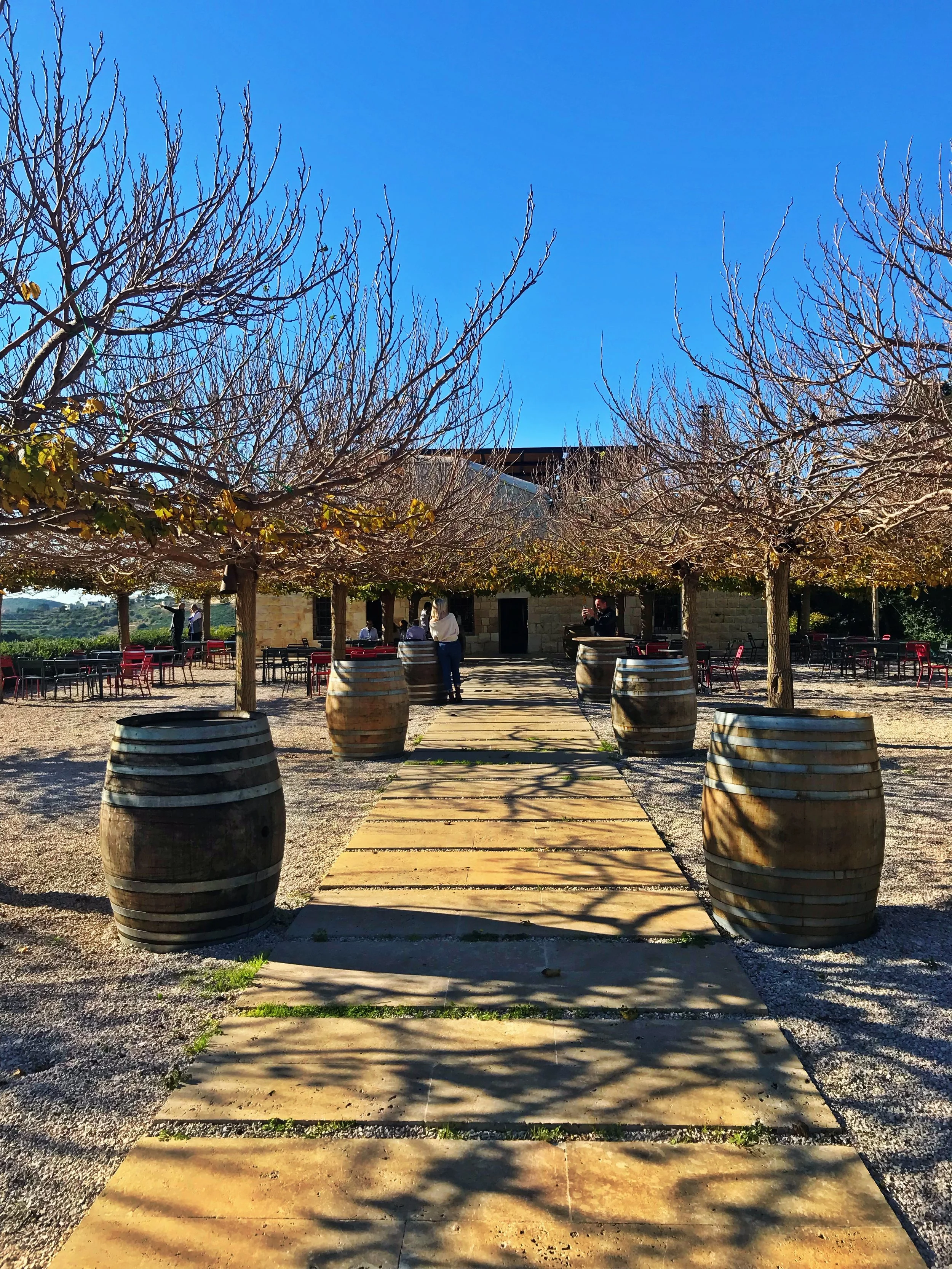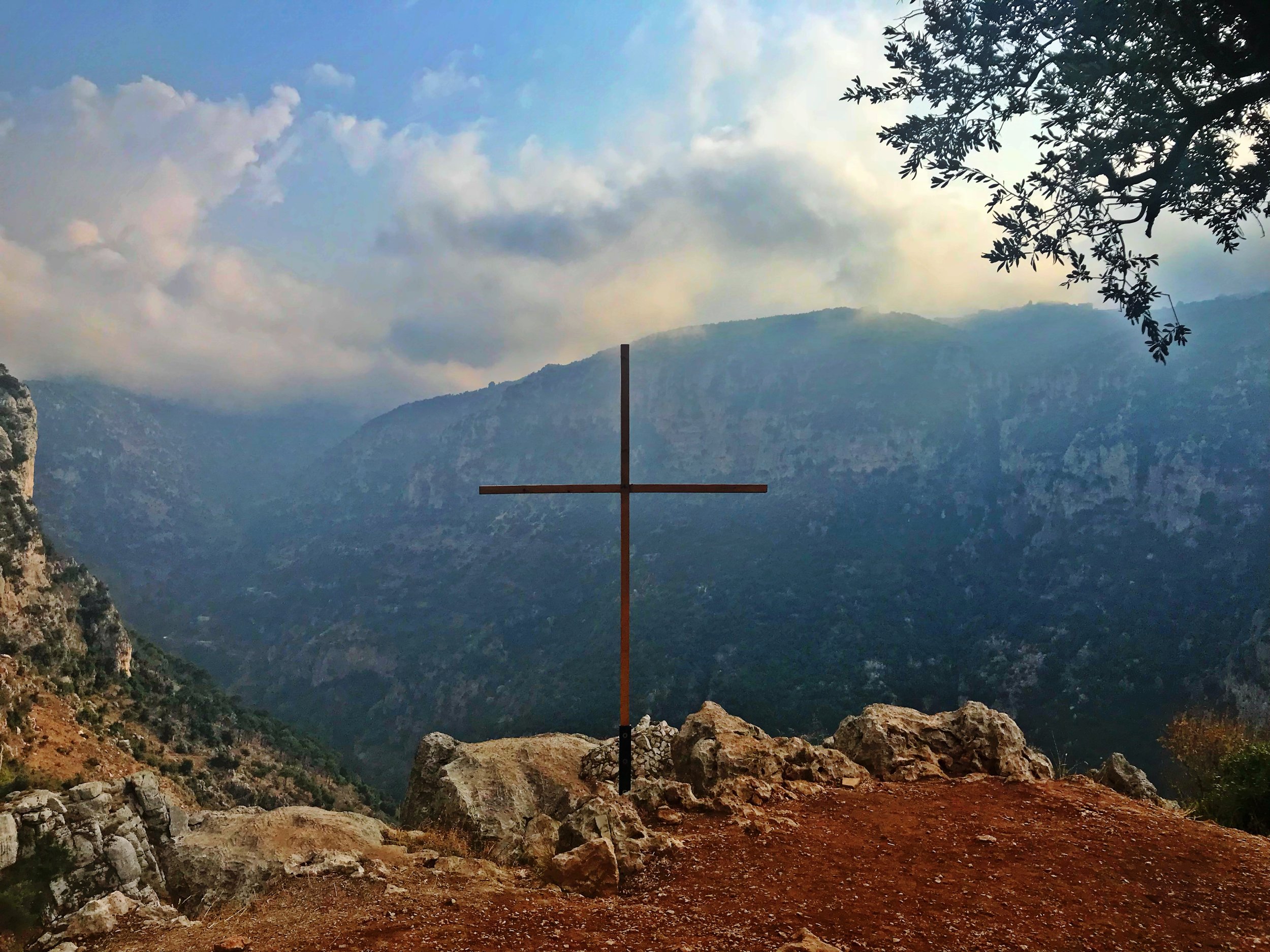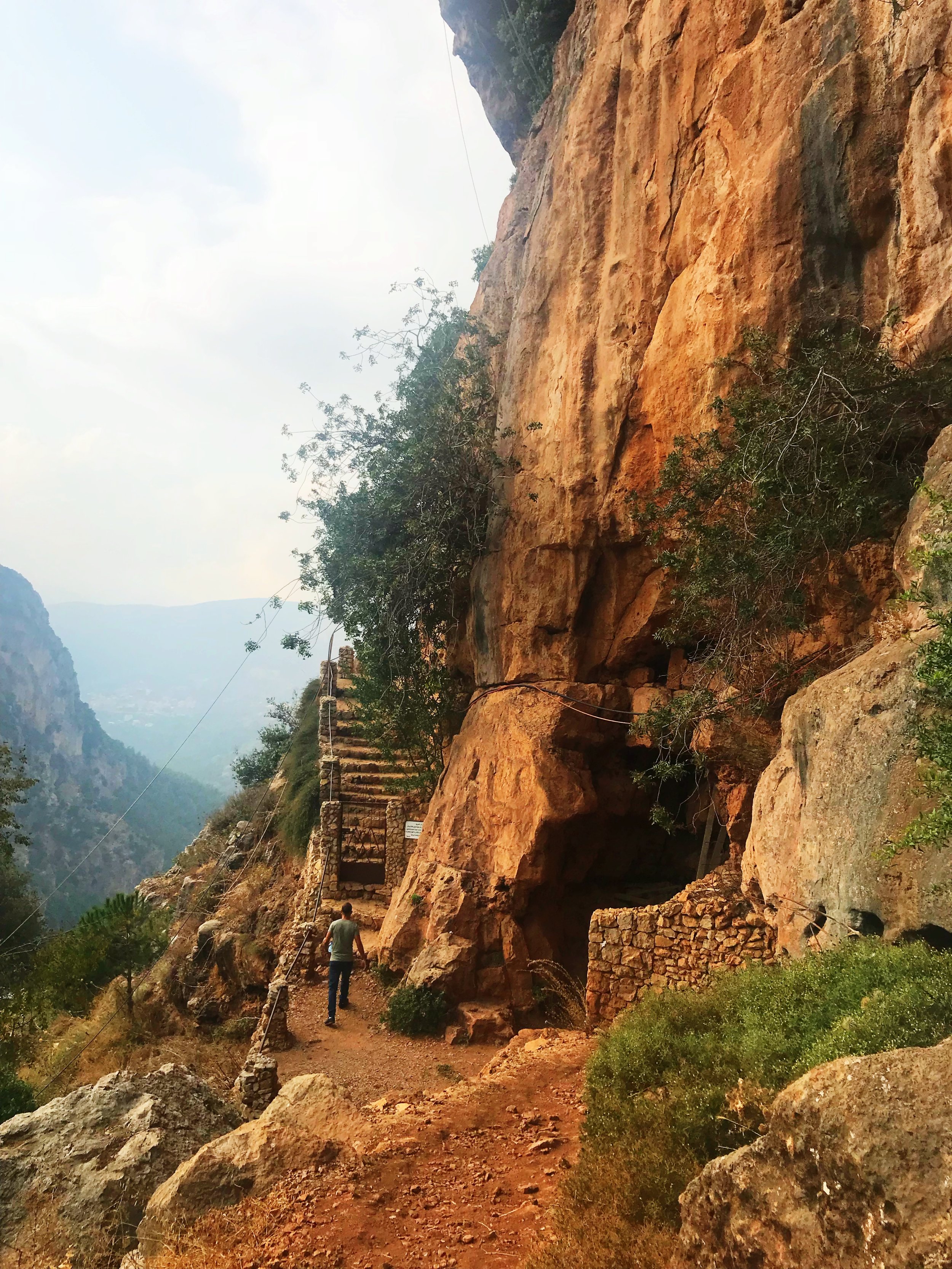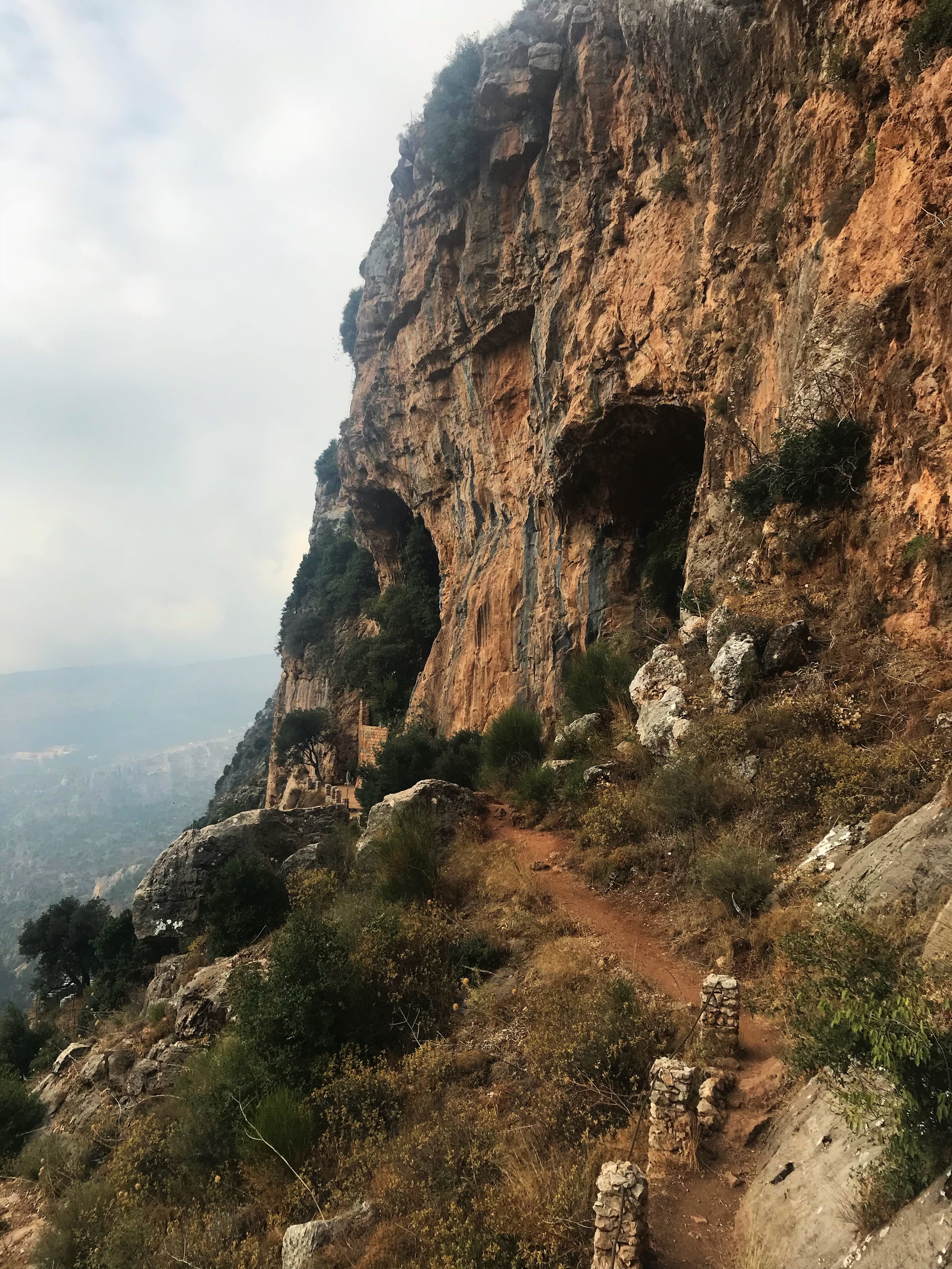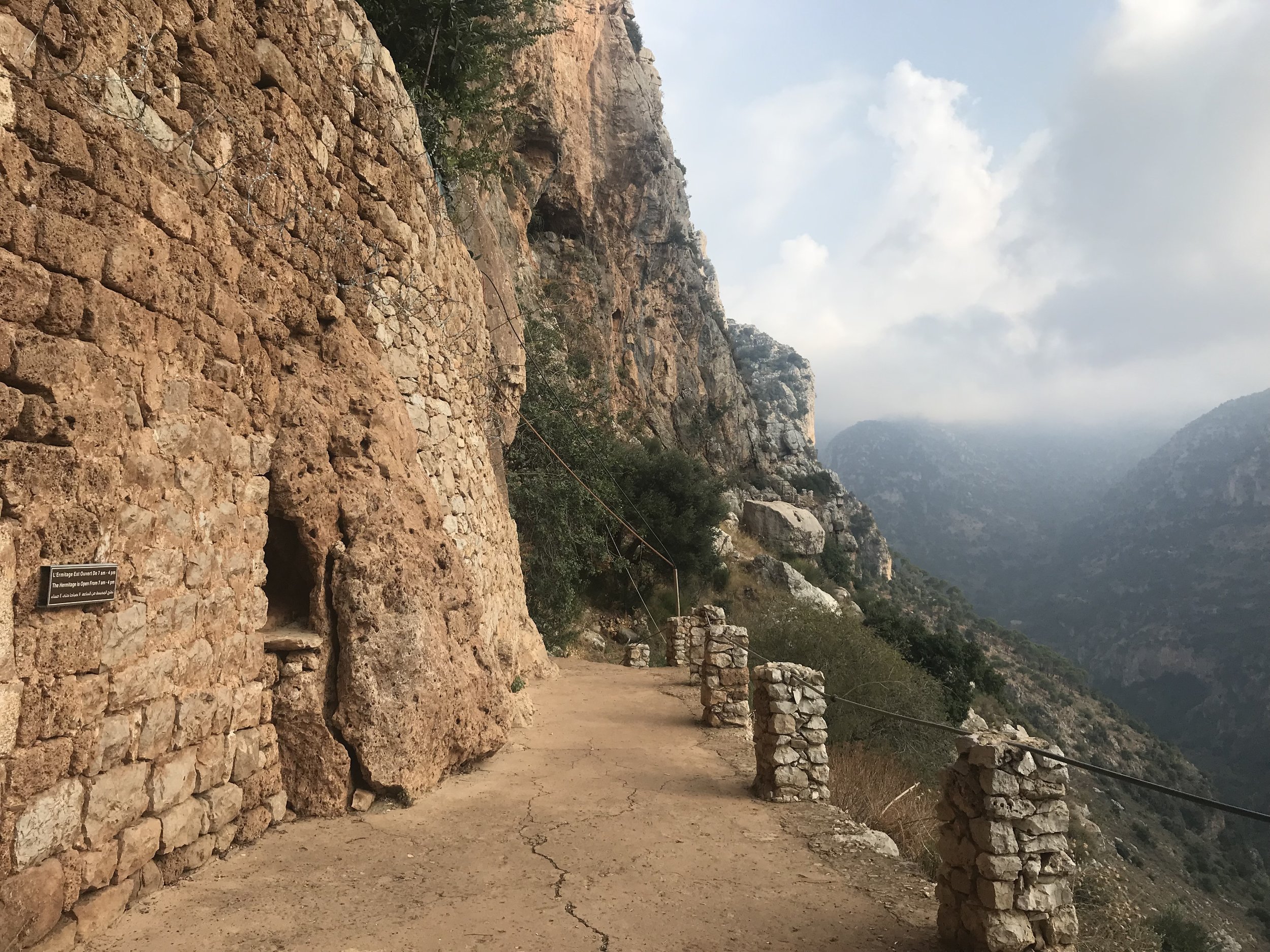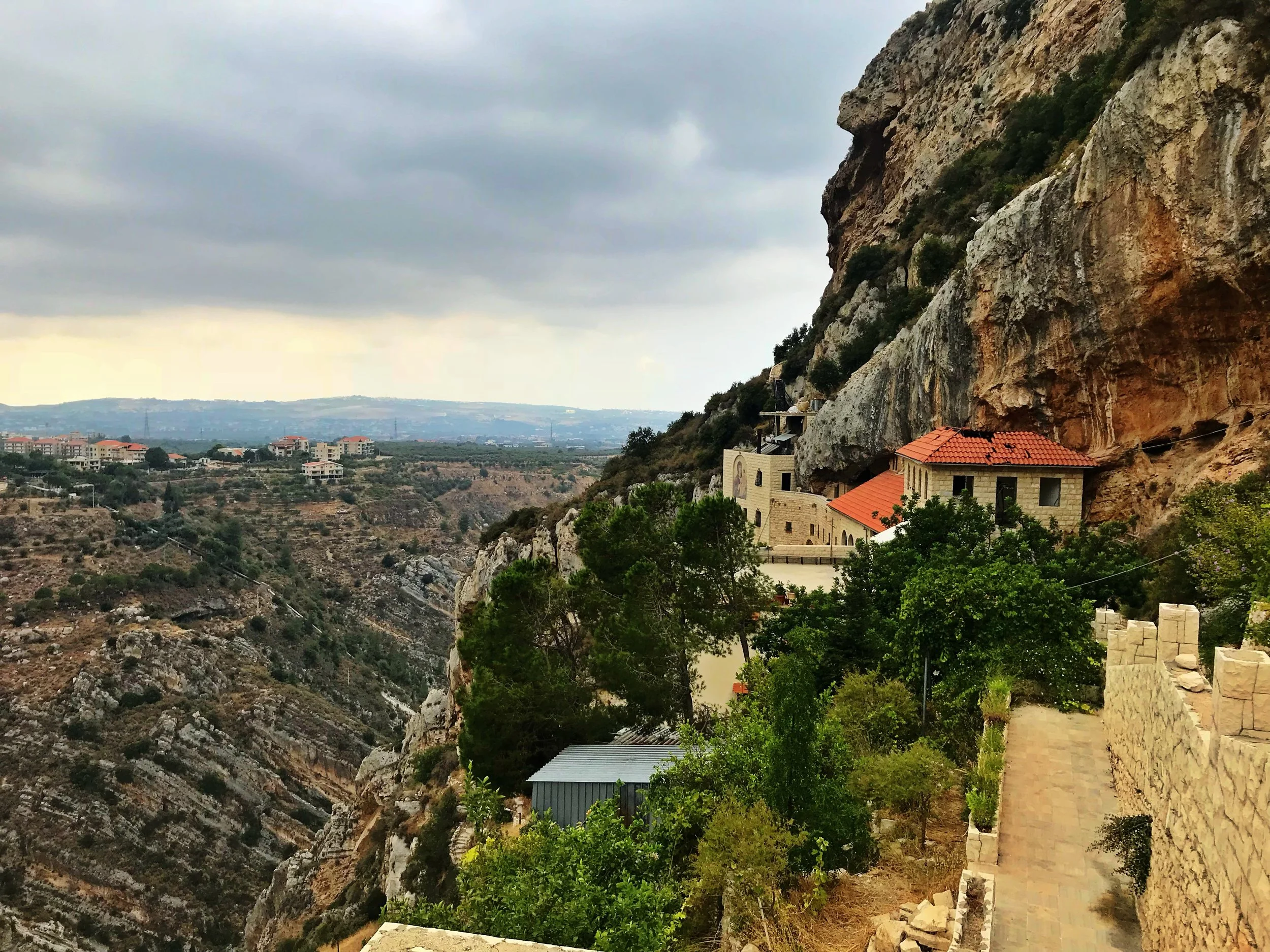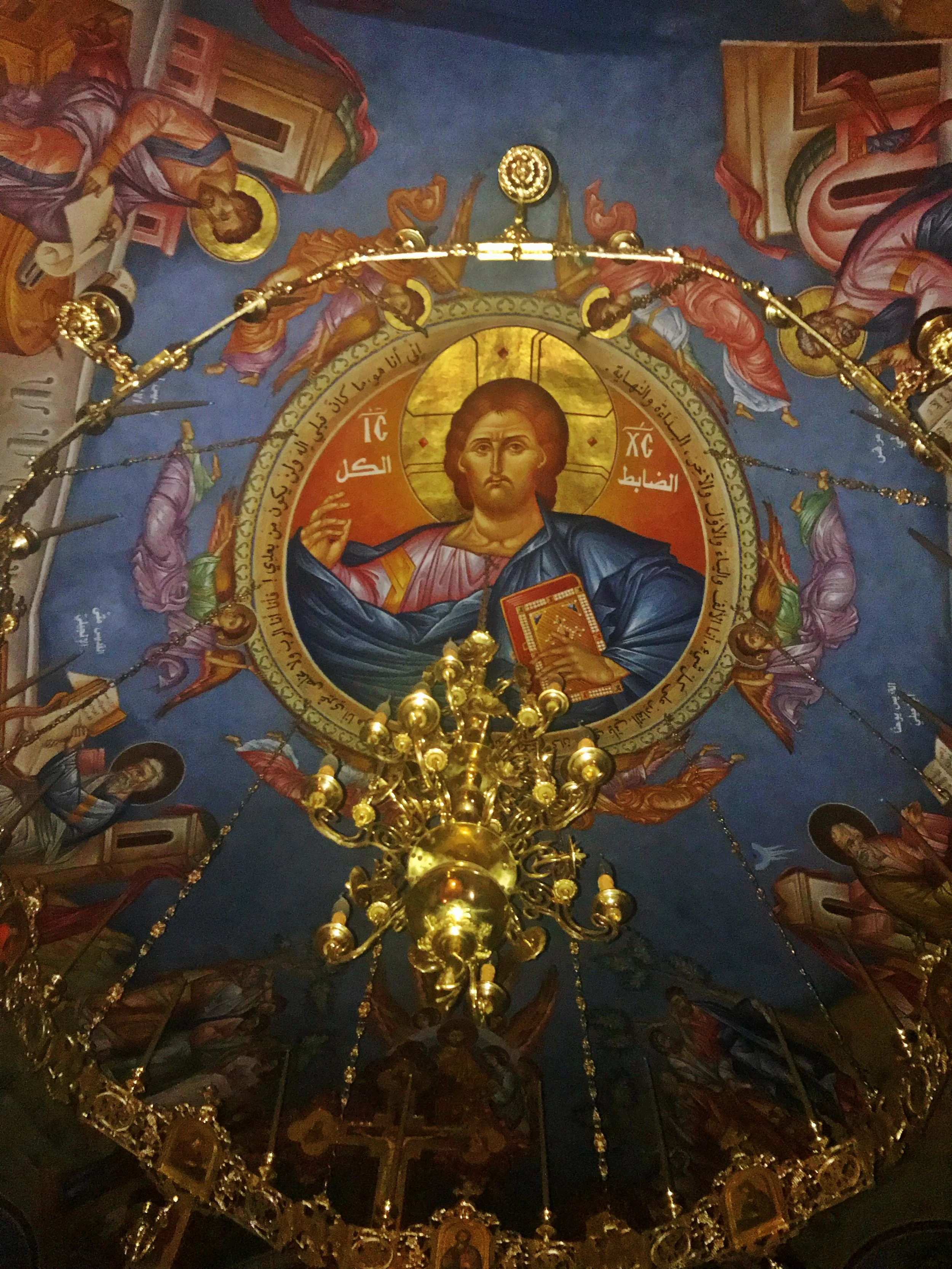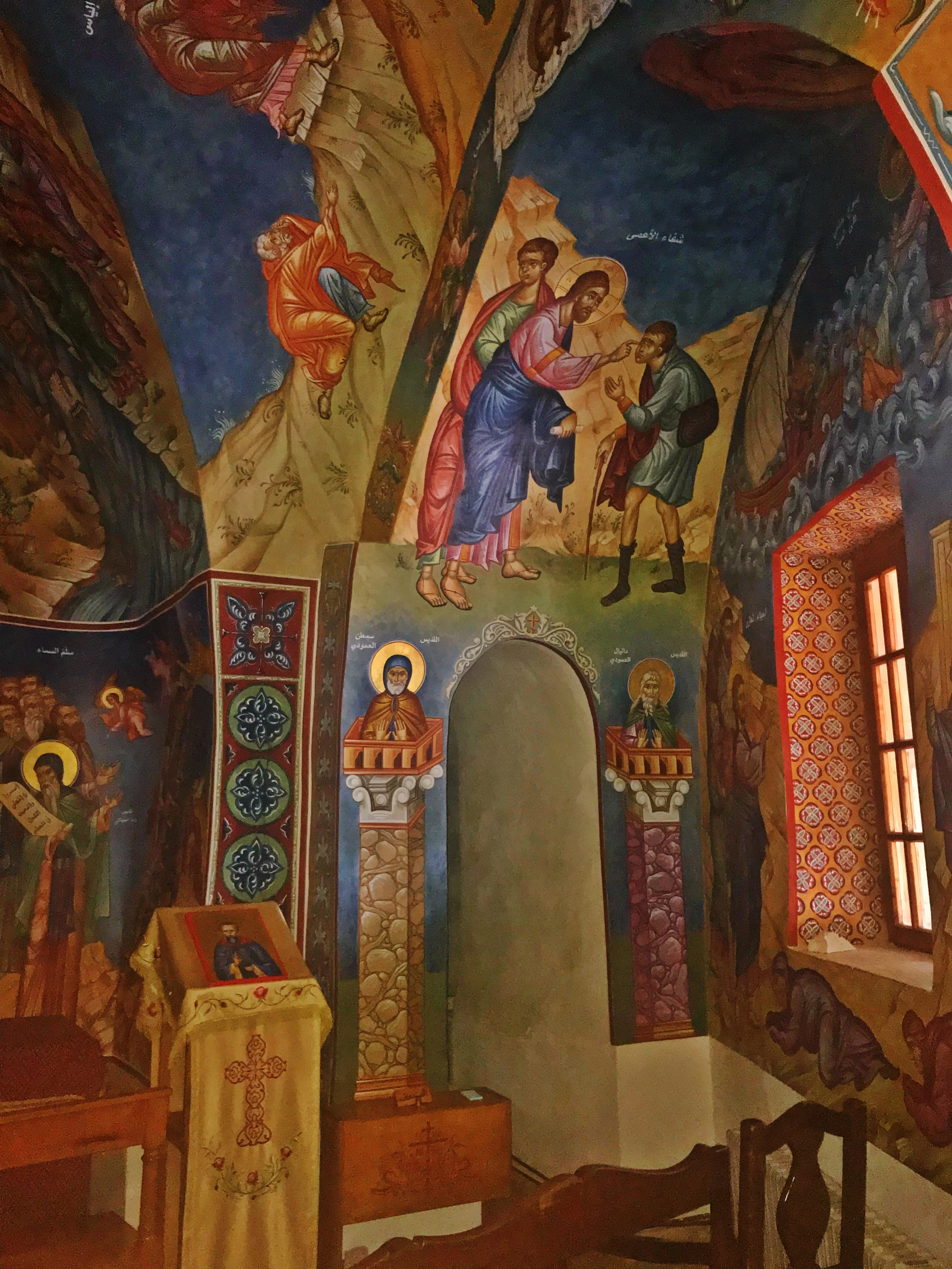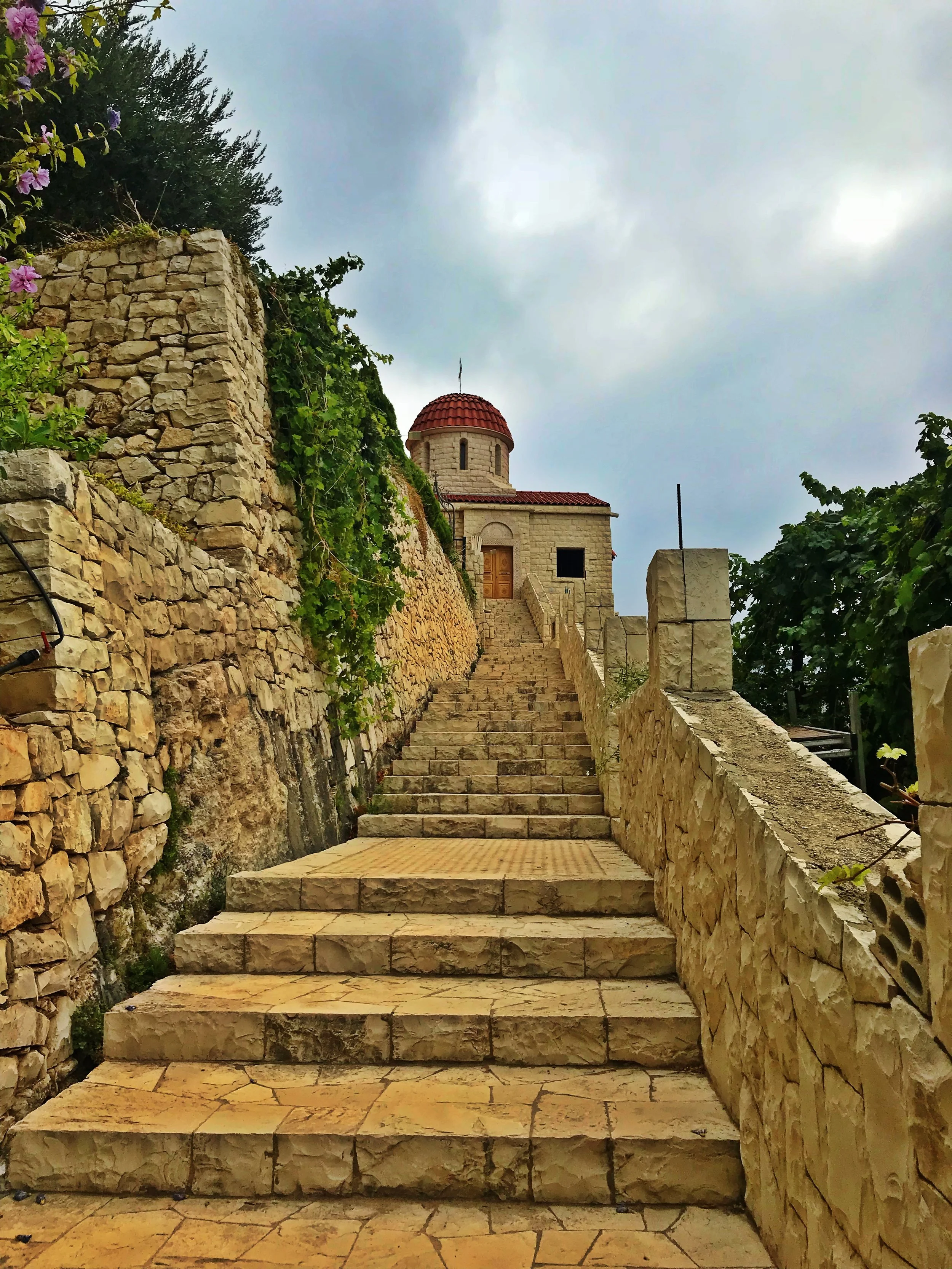Since the early centuries of christianity the Holy Valley has served as a refuge for those in search of solitude. Today we started our day with a visit to Mar Lishaa monastery which is one of the most important monasteries in the Holy Valley. Mar Lishaa was first mentioned in the 14th century. It consist of 4 small cells, a refractory and some offices, the communal church includes 4 chapels which are cut into the rock face.
After our visit to Mar Lishaa Monastery we then headed off on our 5.3km walk to reach Qannoubine Monastery. Along the way we witnessed many waterfalls, the birds were singing and the sound of water flowing in the bottom of the valley. Blissful!
After walking for over an hour we then reached the Qannoubine Monastery which is one of the oldest Maronite monasteries located in the Holy Valley.
After Qannoubine you have the option of walking to Our lady of Hawqa Monastery which is 2km on from the Qannoubine Monastery or you can turn around and head back to where you started.
The total walk is 10.6km and it took us around 2.5hours in total to walk to and from.
If you would like any further information on visiting the monasteries please email info@explorelebanontours.com or you can visit www.explorelebanontours.com

